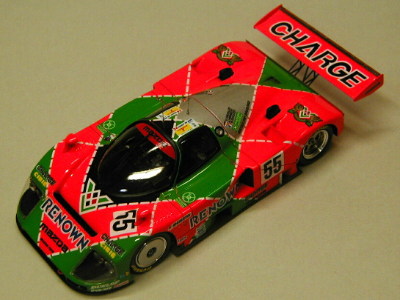

Info, images, video, and sound on the 1991 LeMans-conquering Mazda 787B.
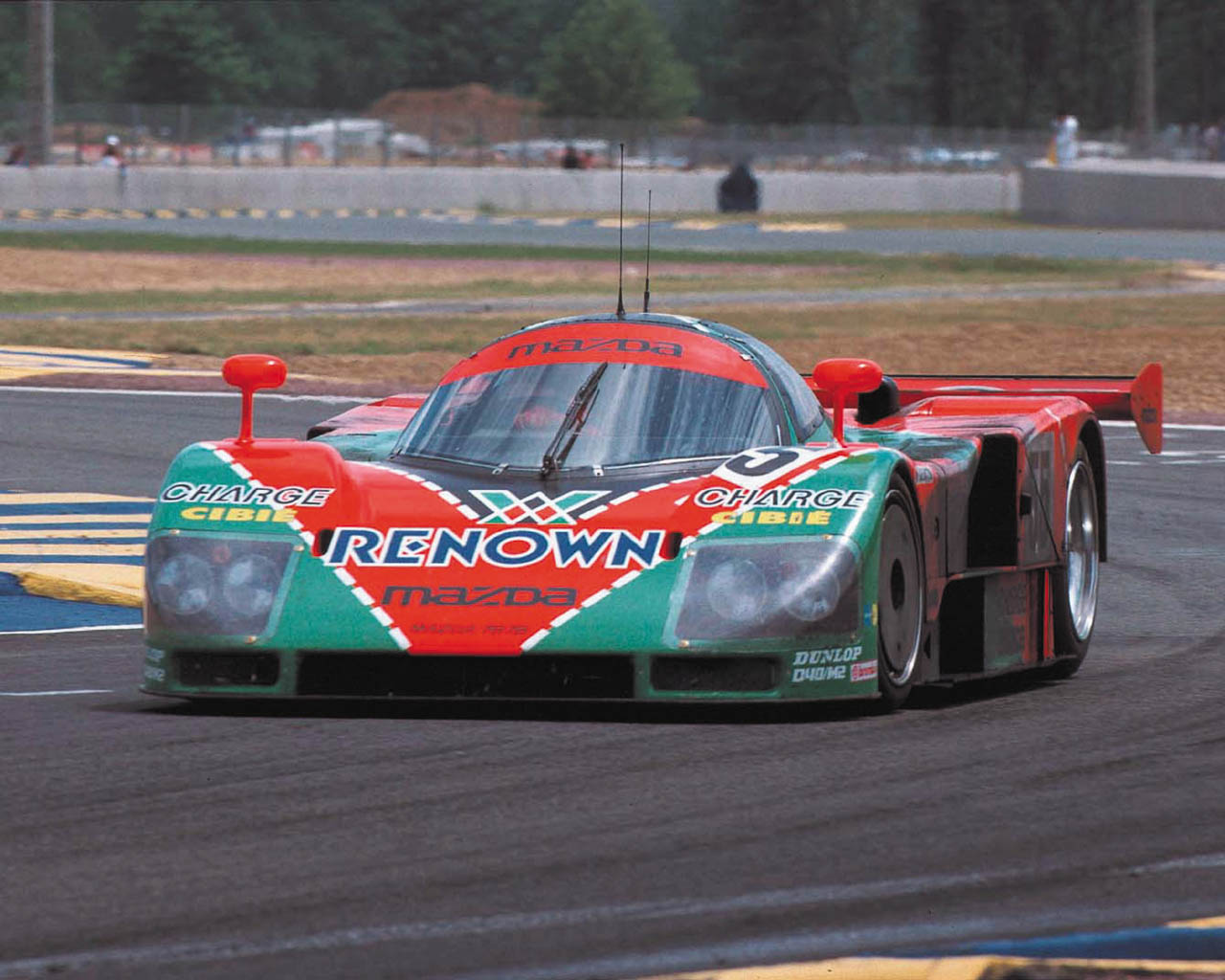

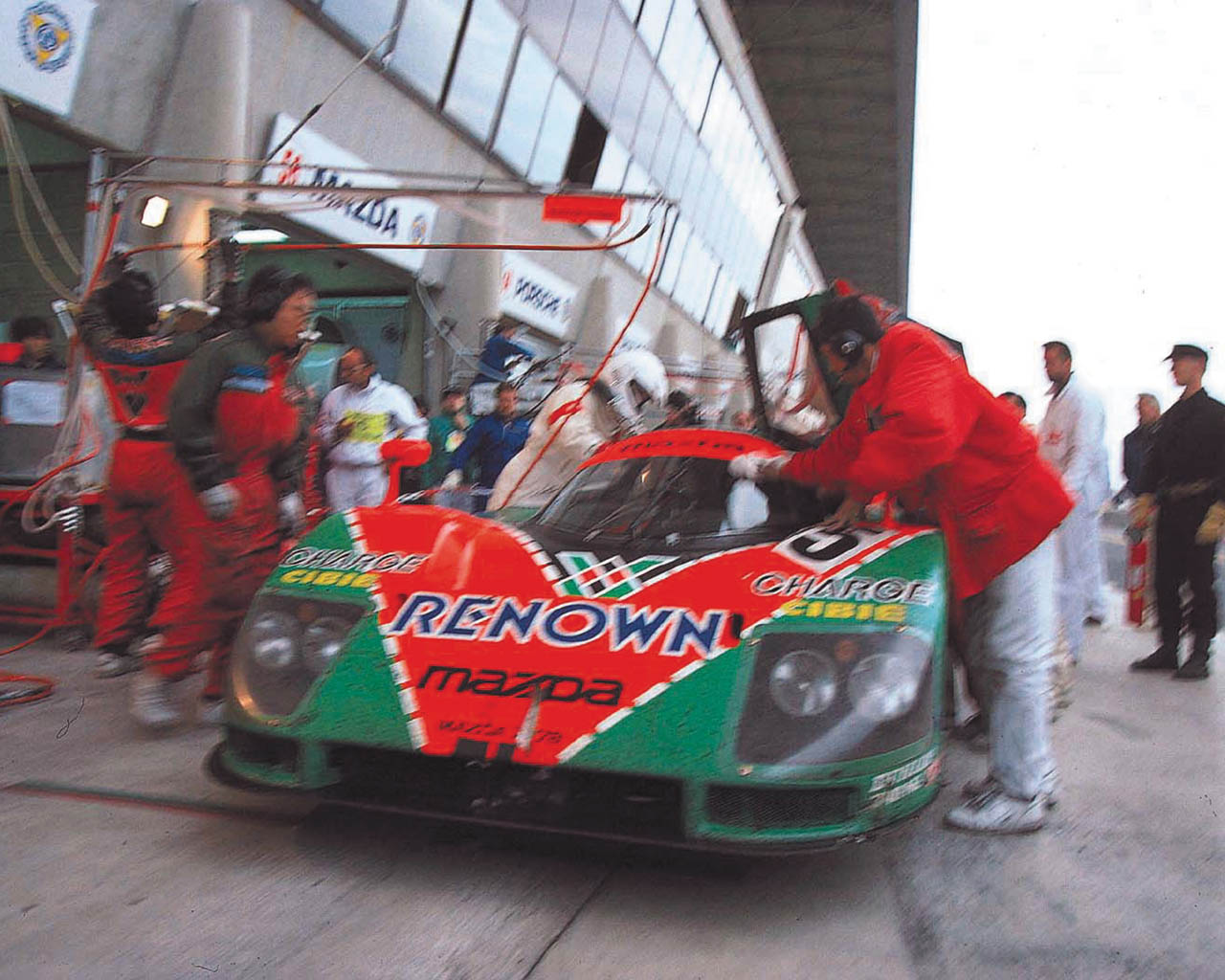
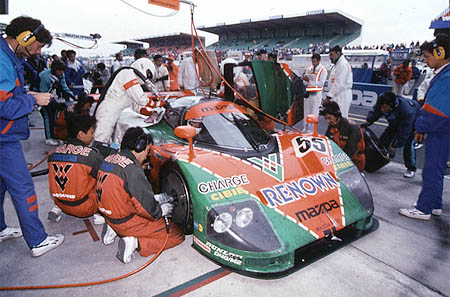
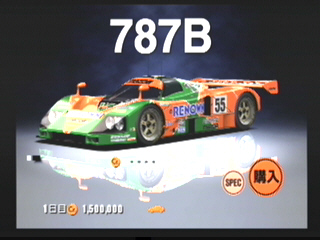
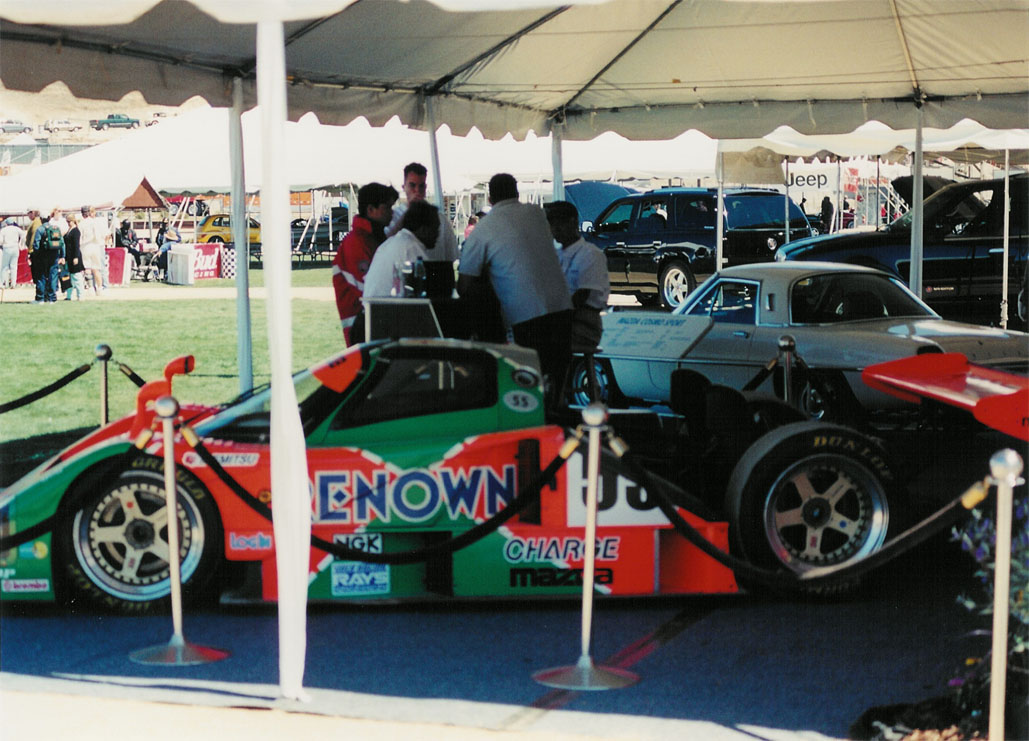
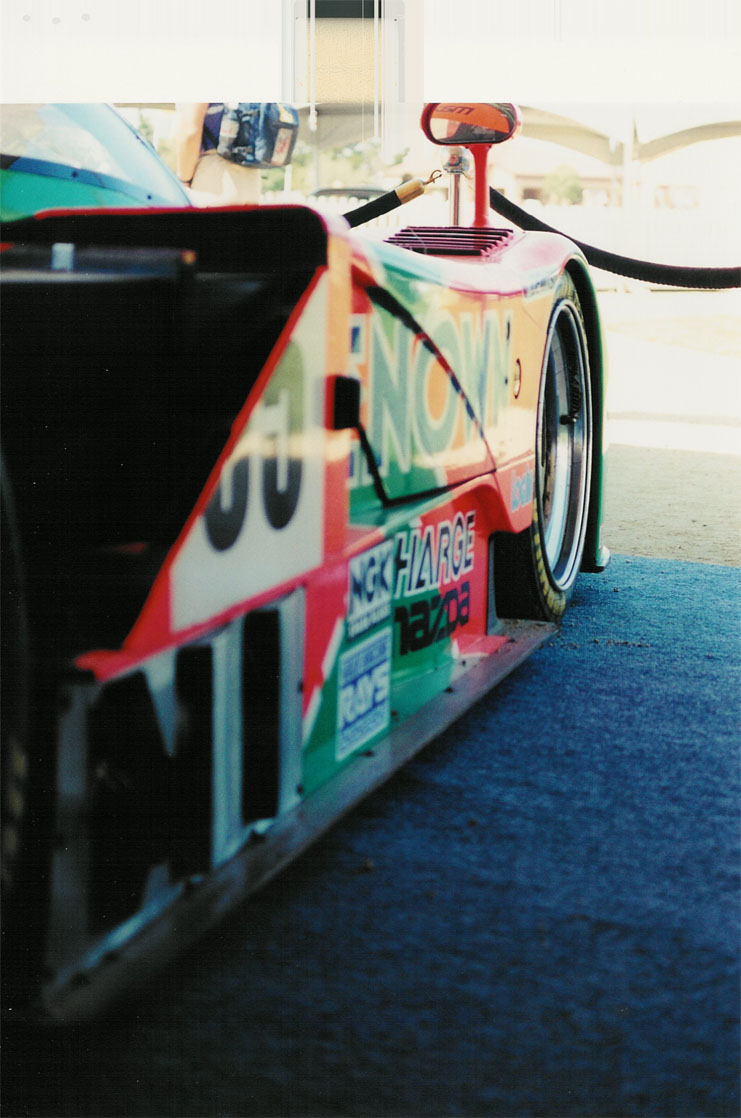
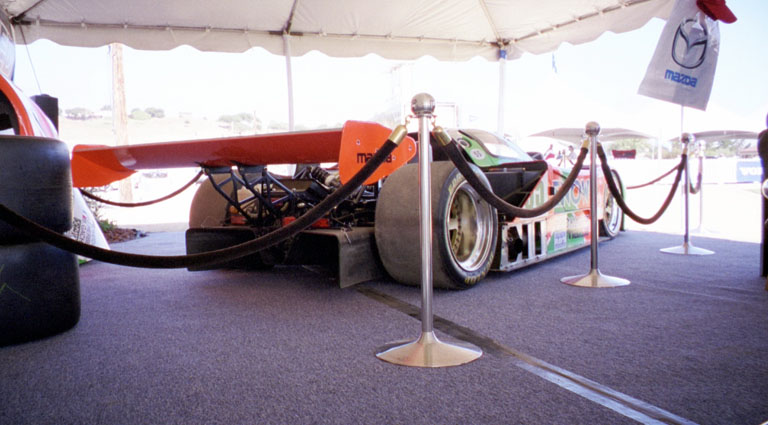
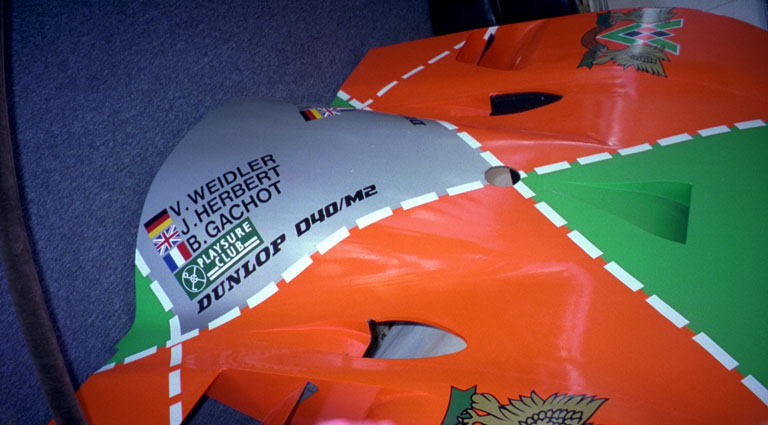
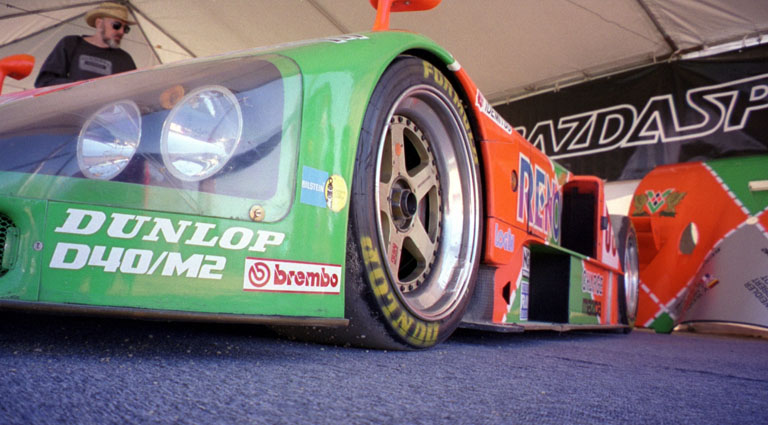
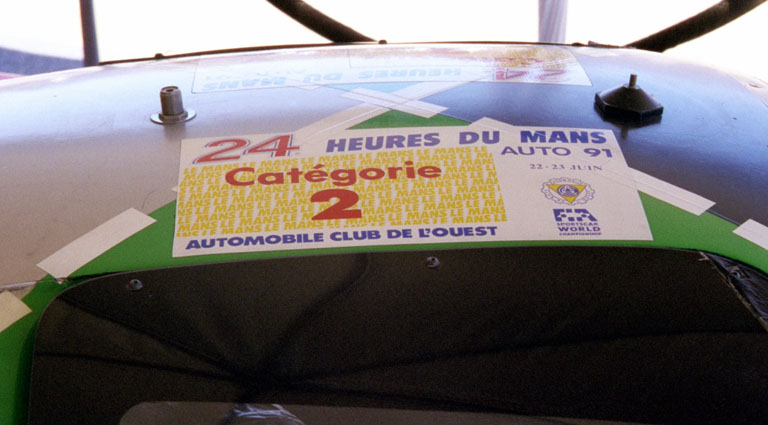
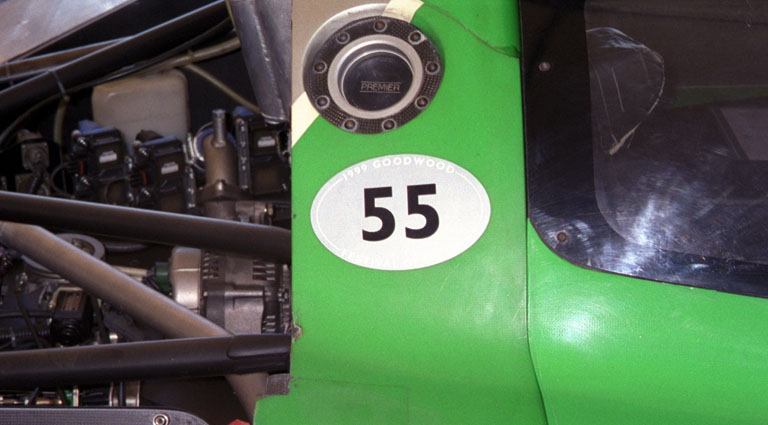
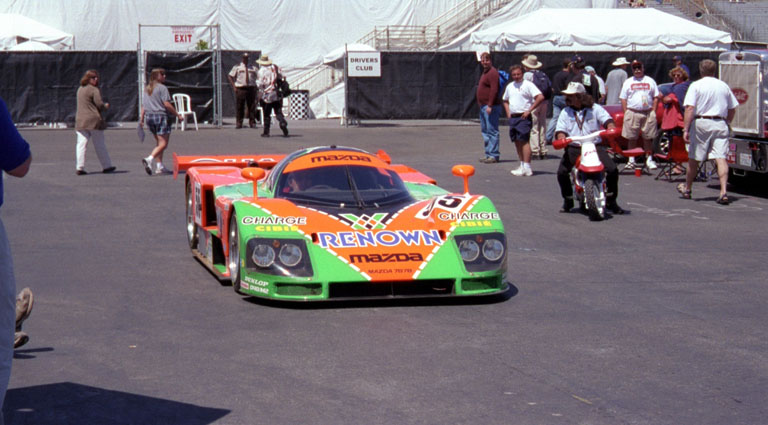
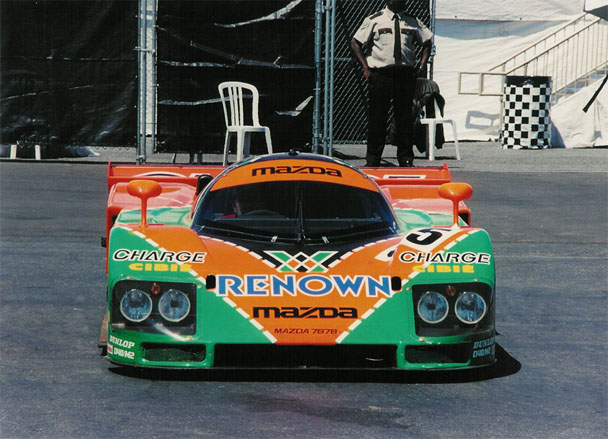
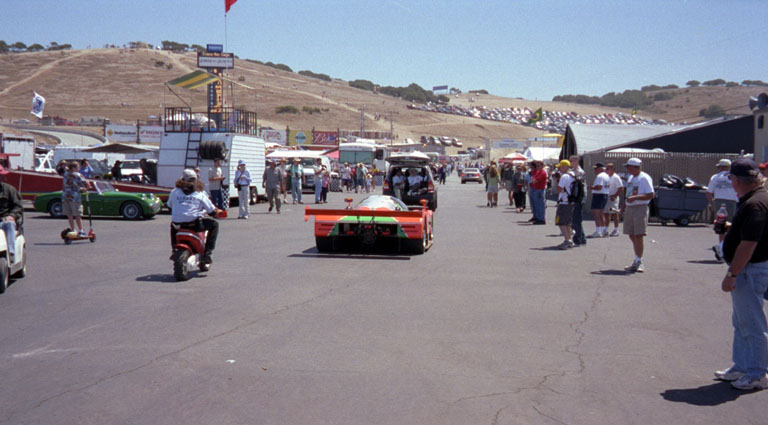

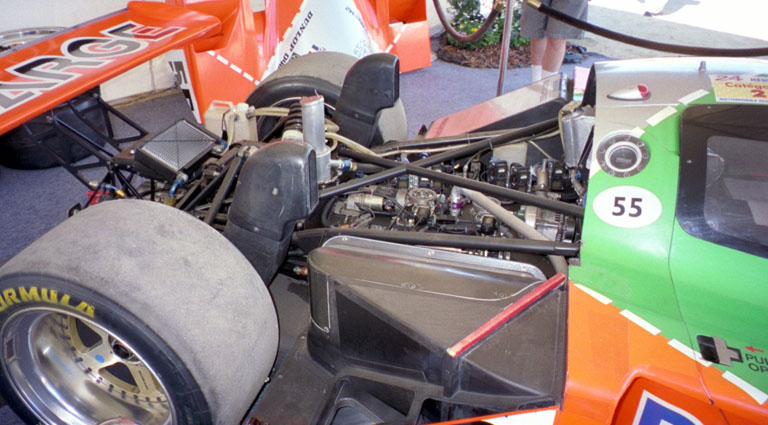
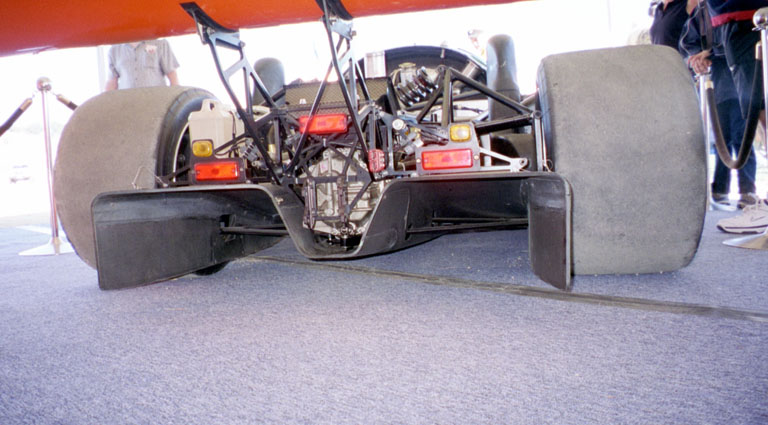
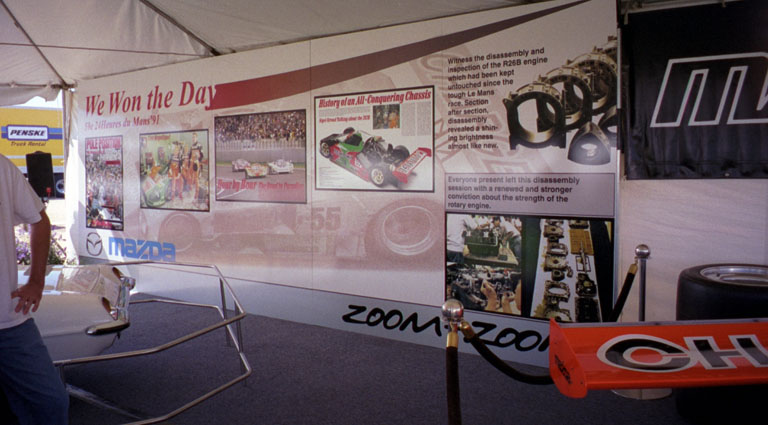
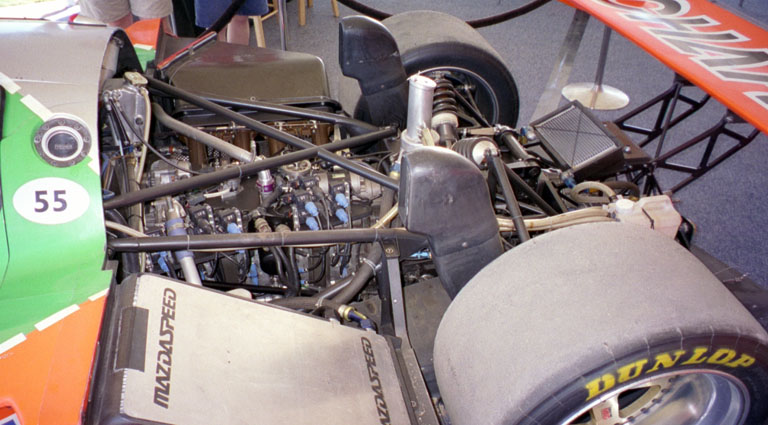
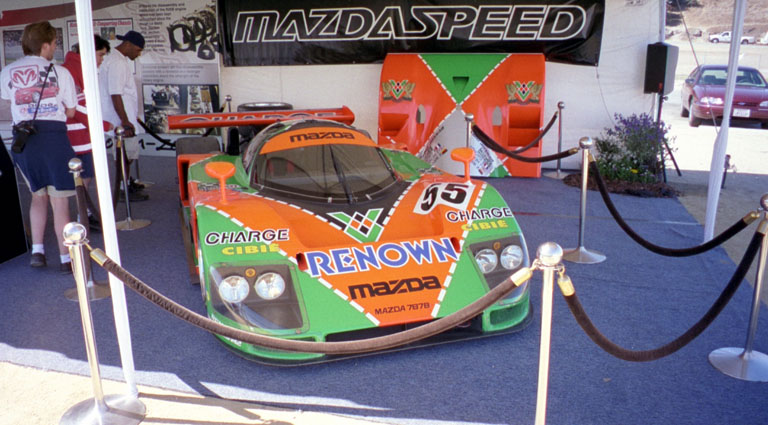
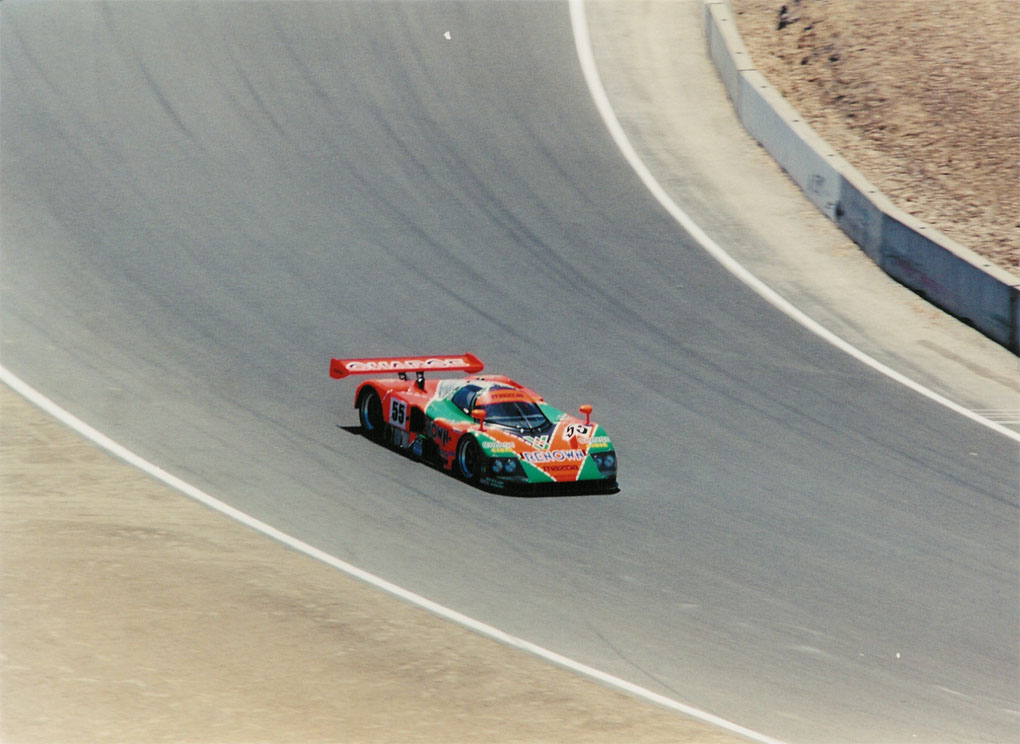
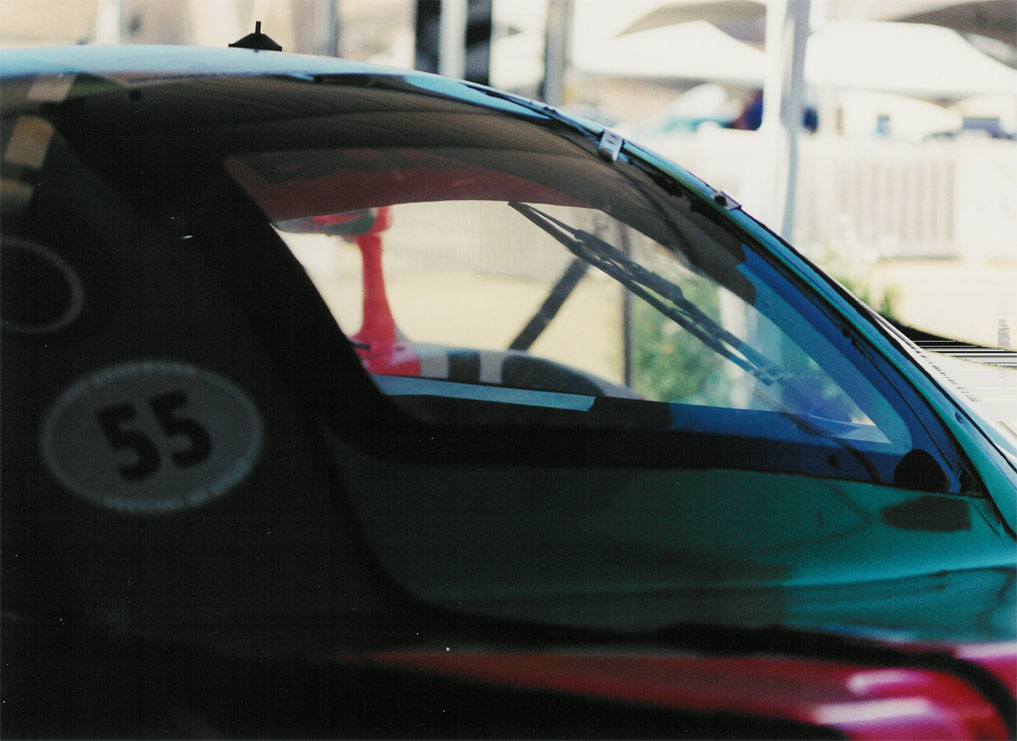
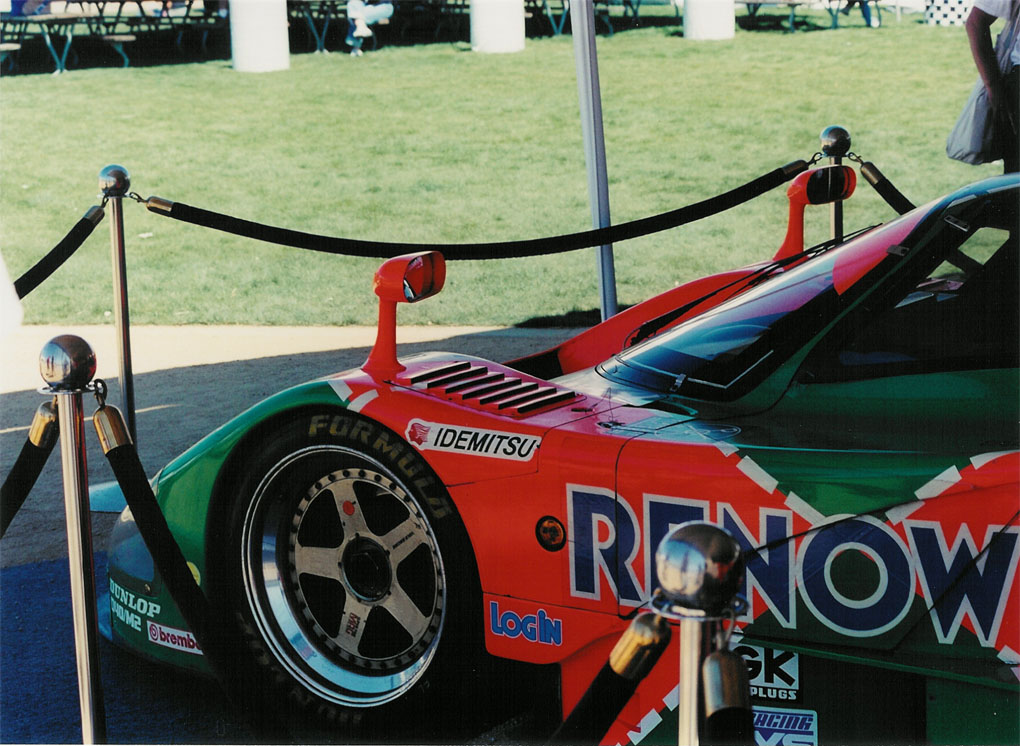
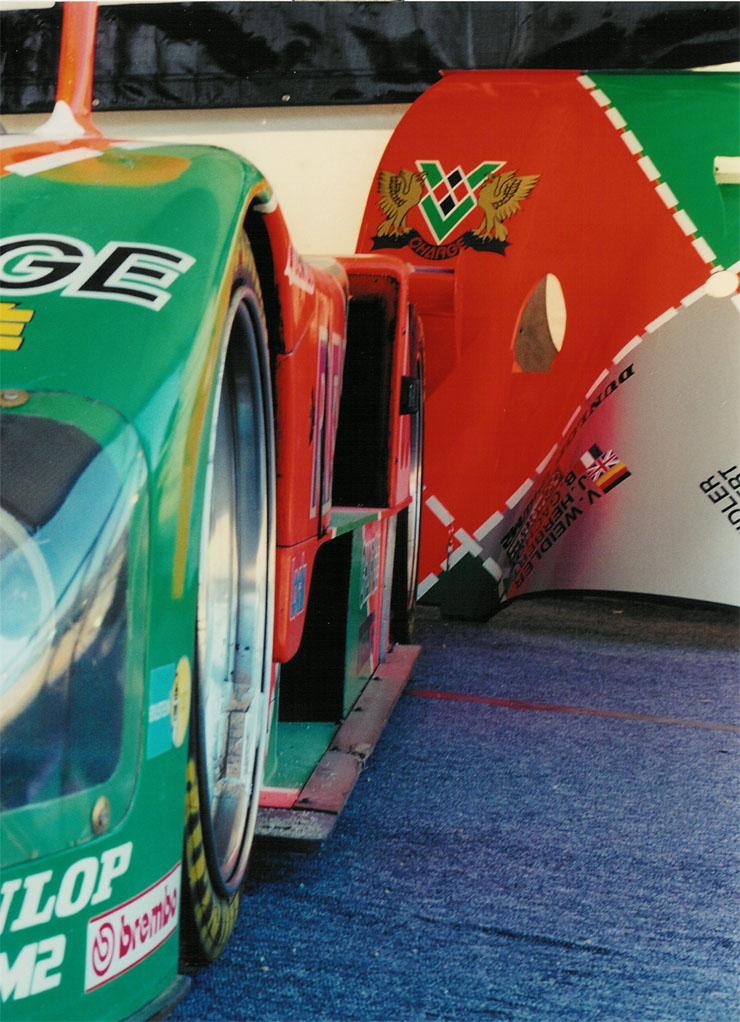
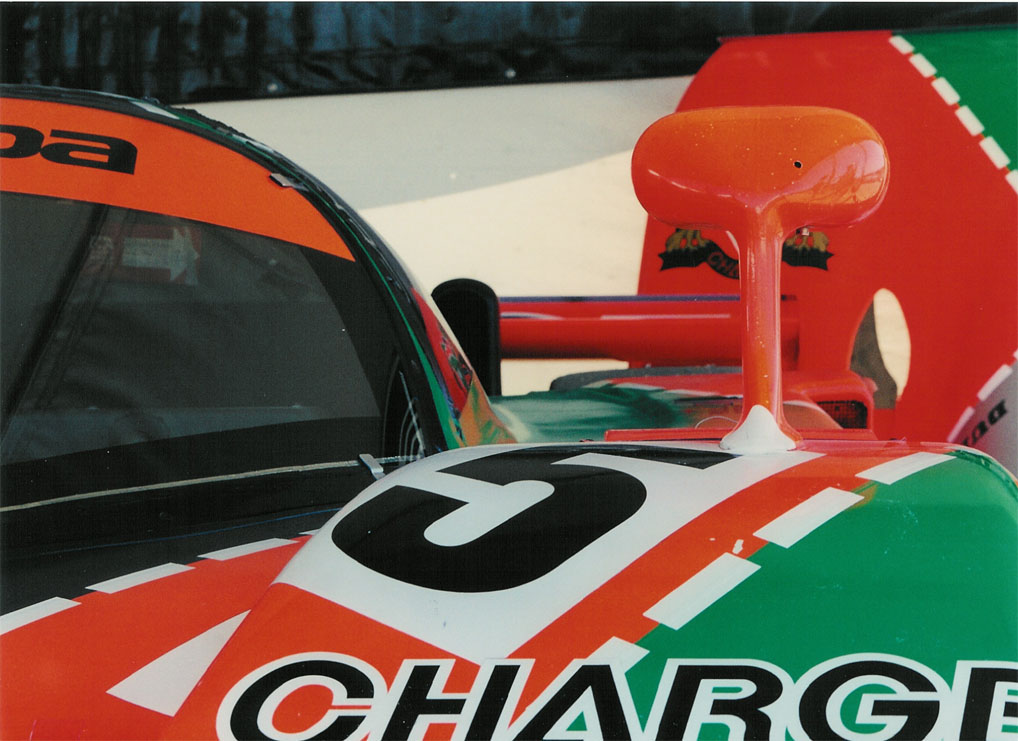
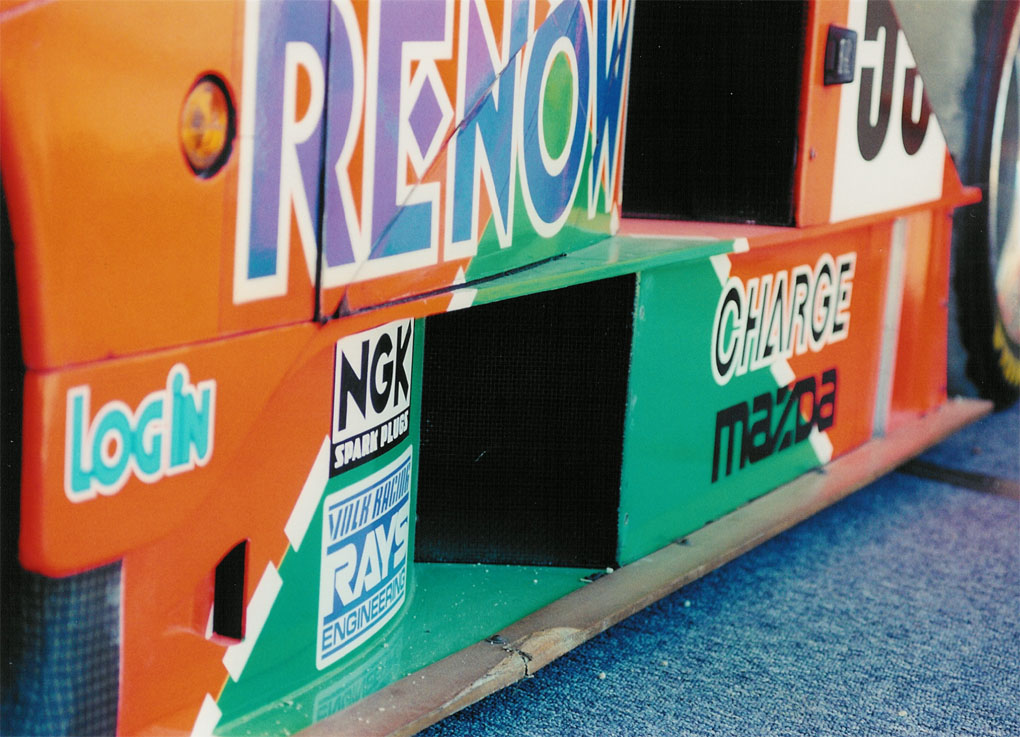
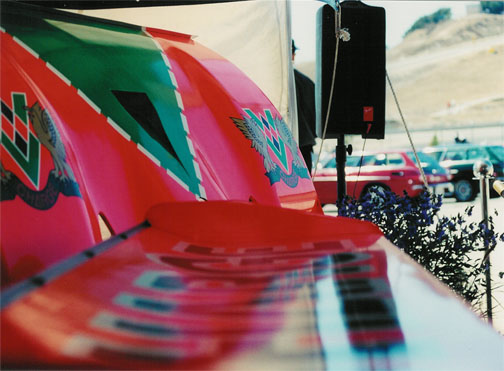
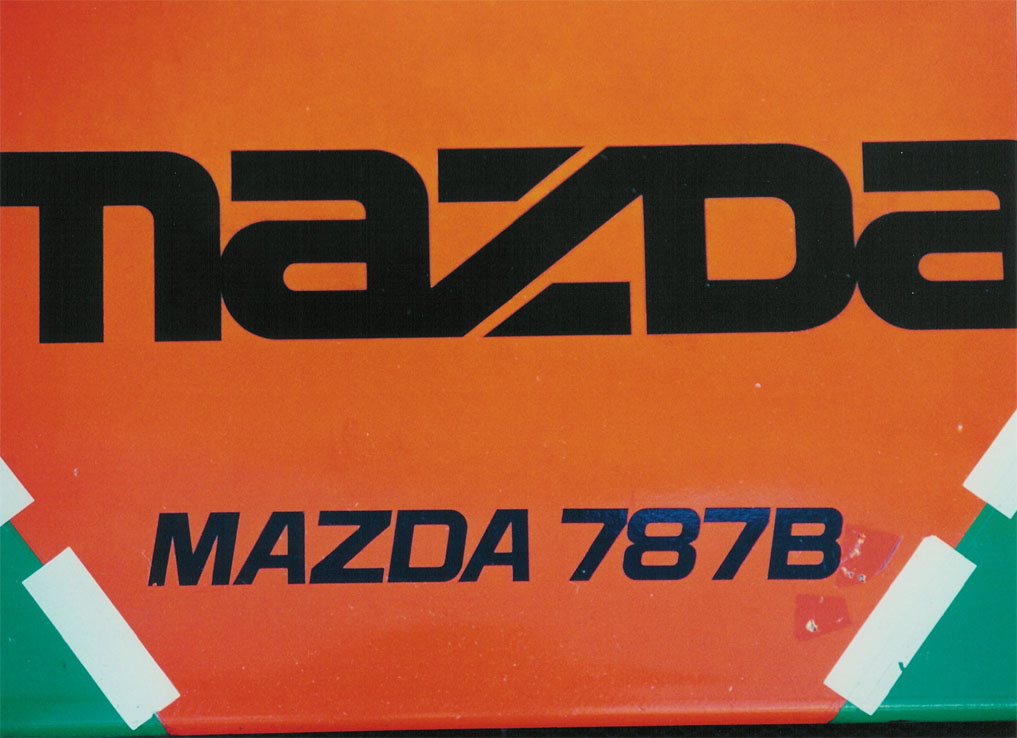
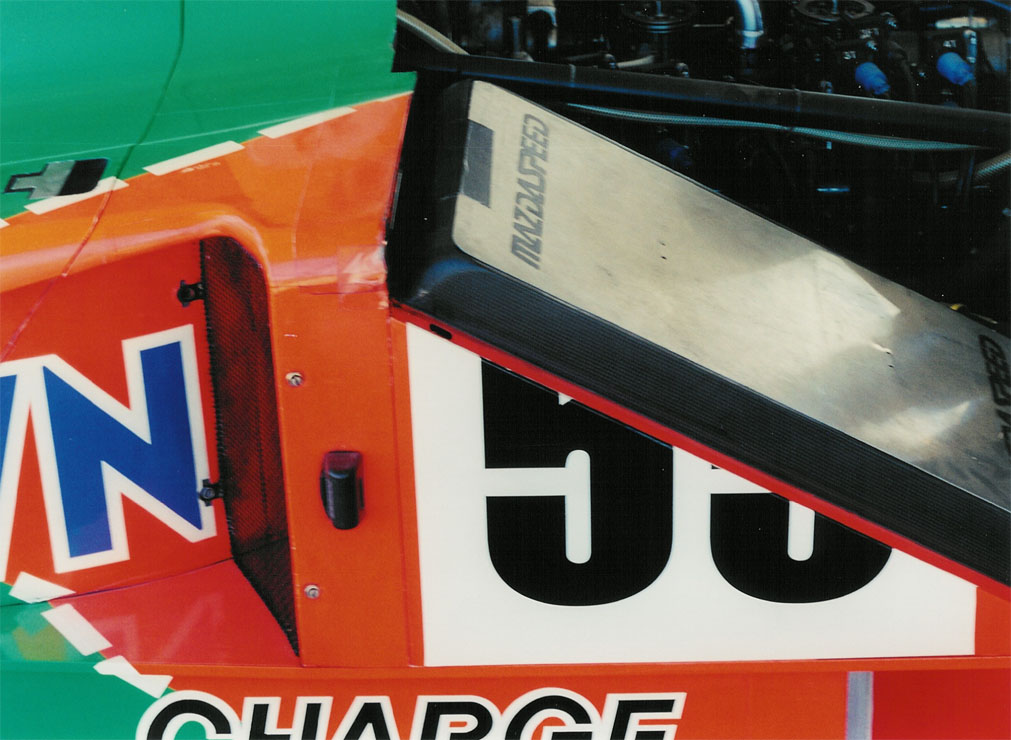
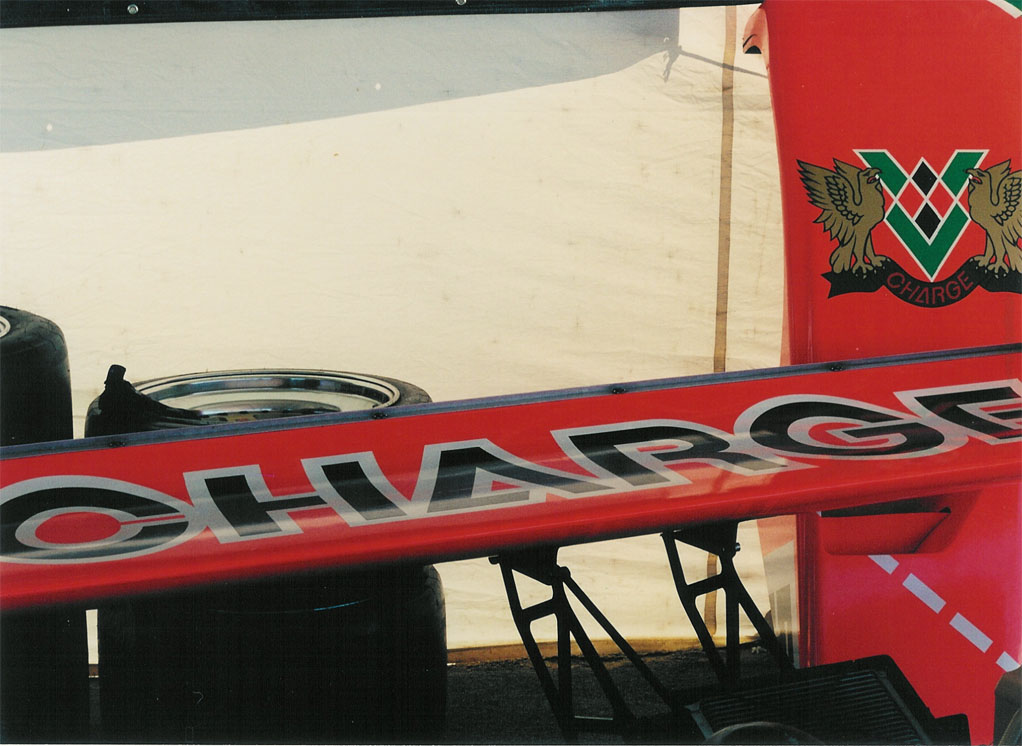
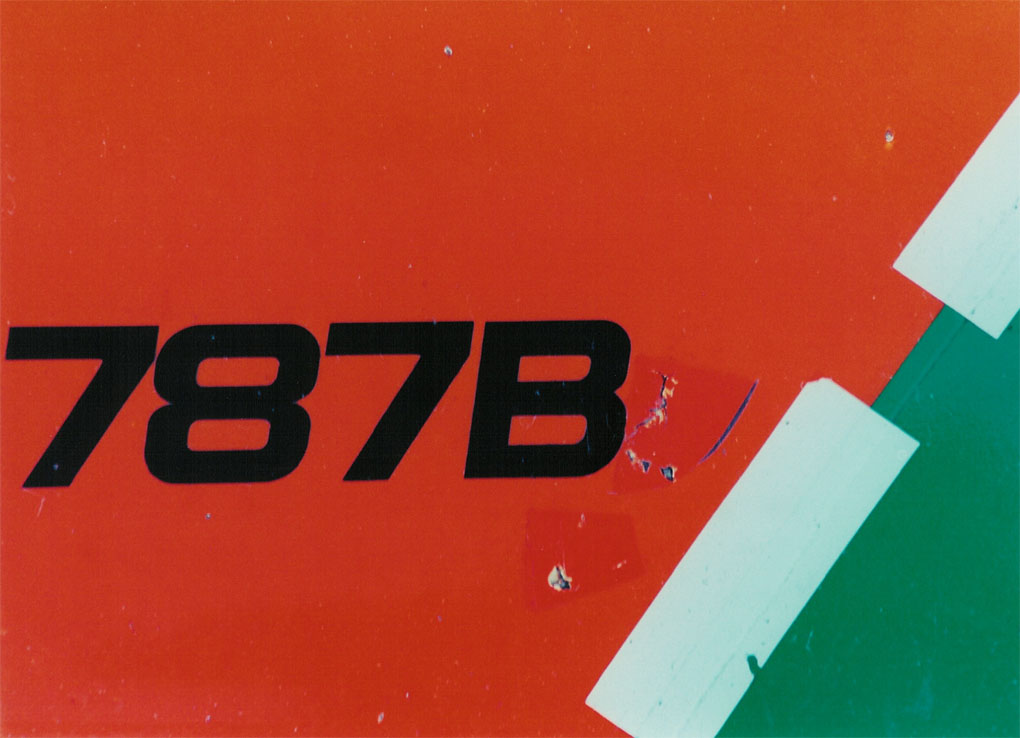
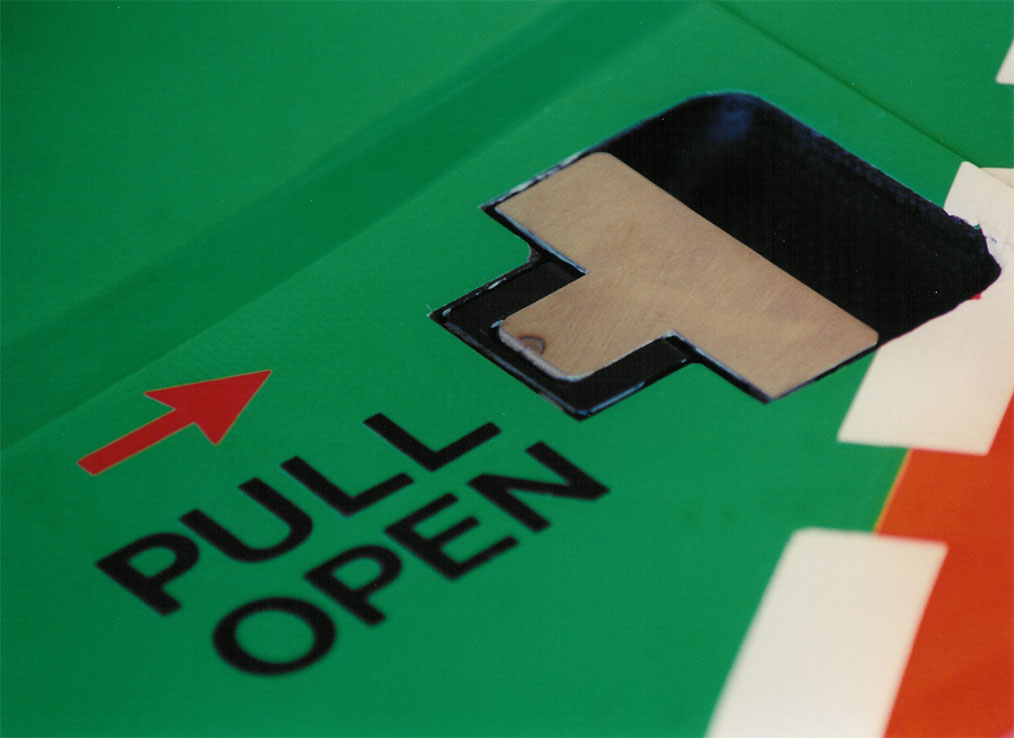
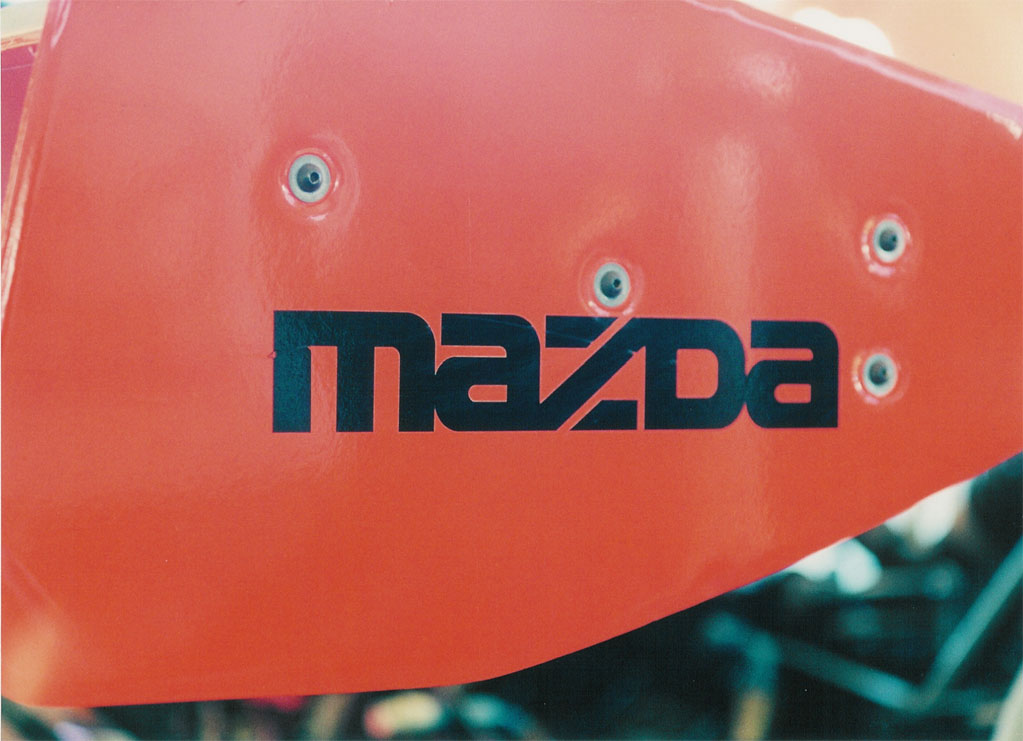
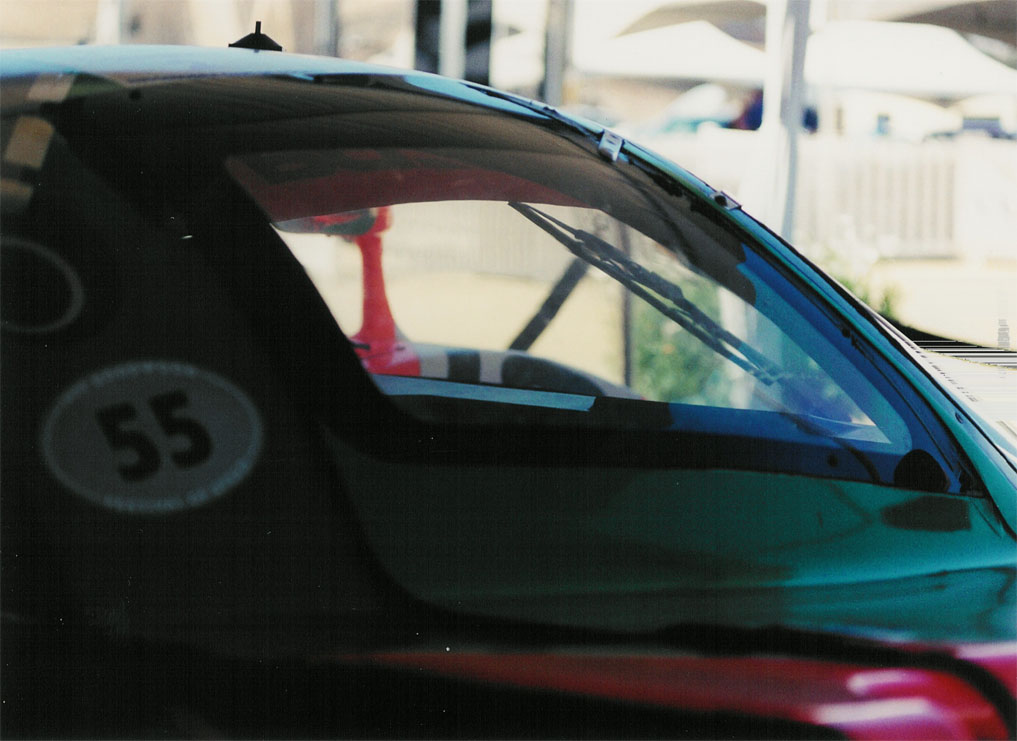
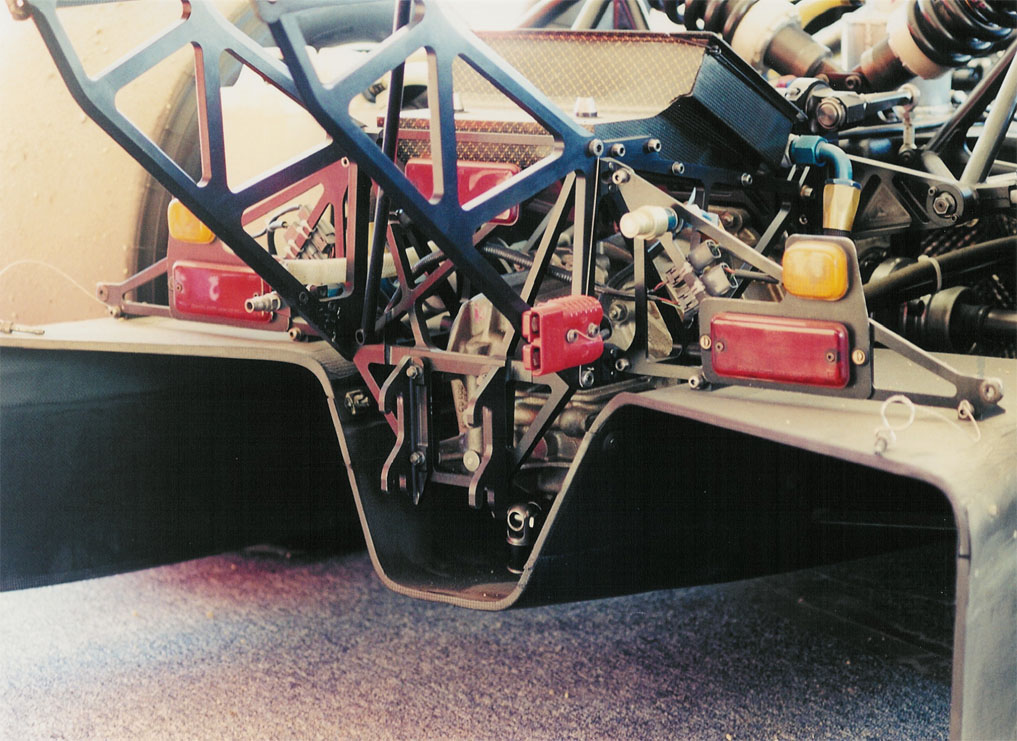
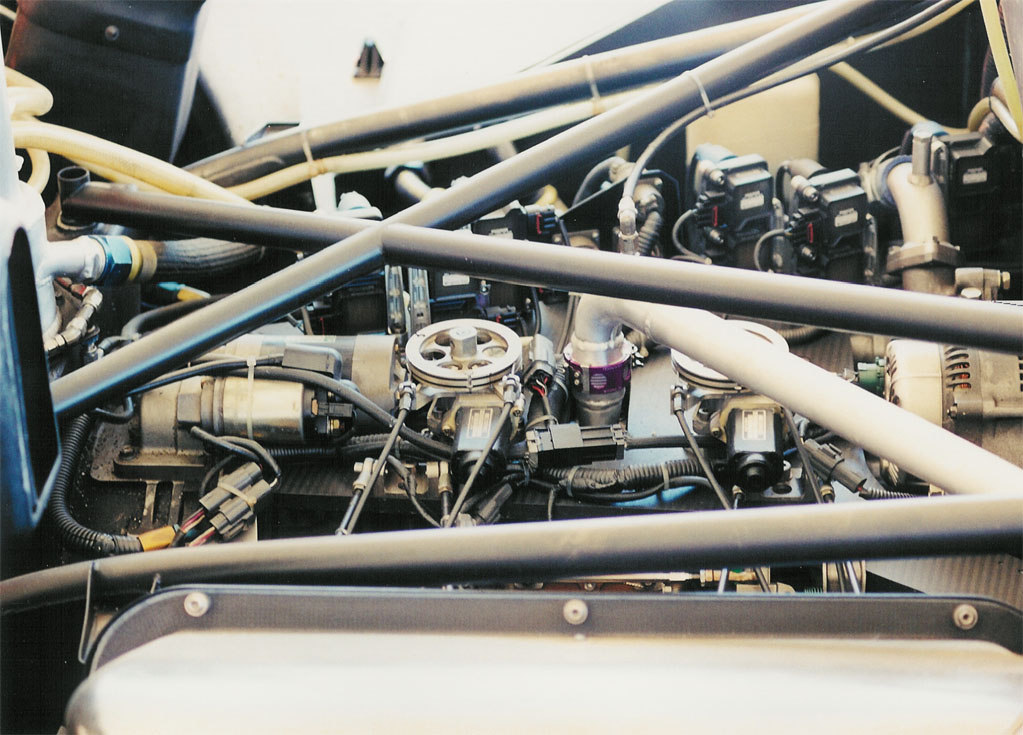
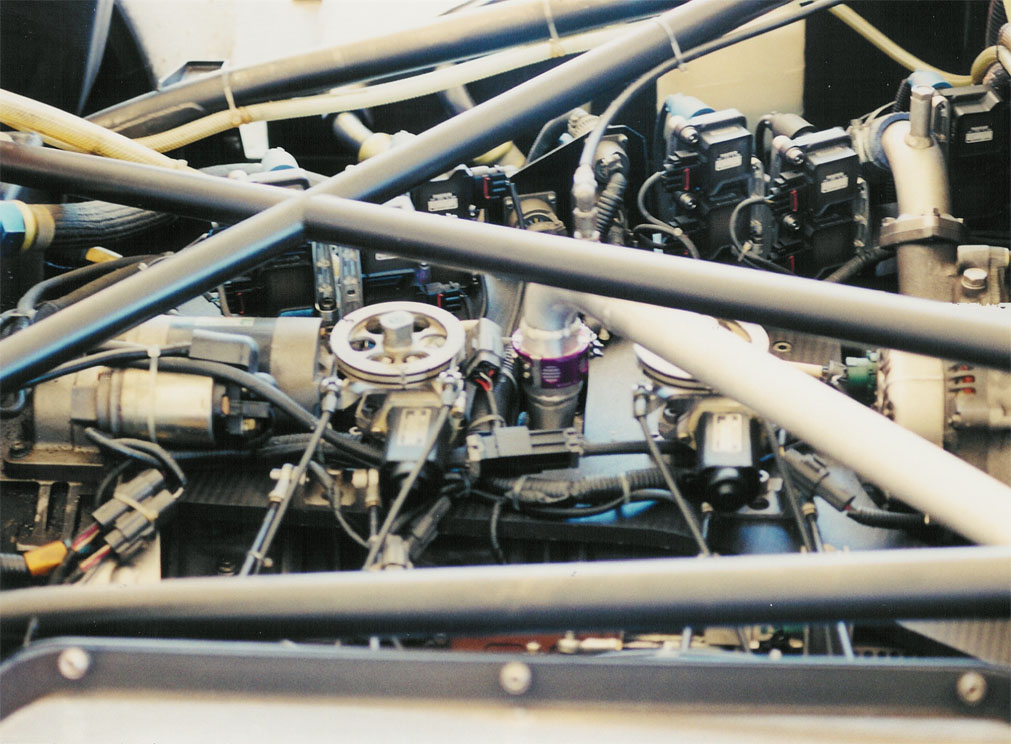
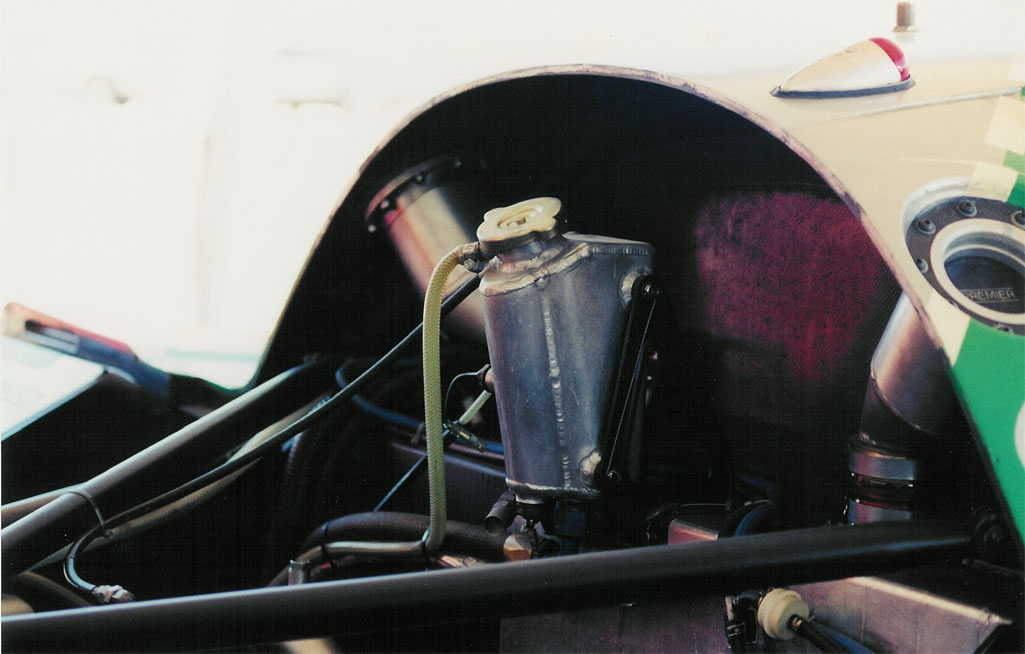
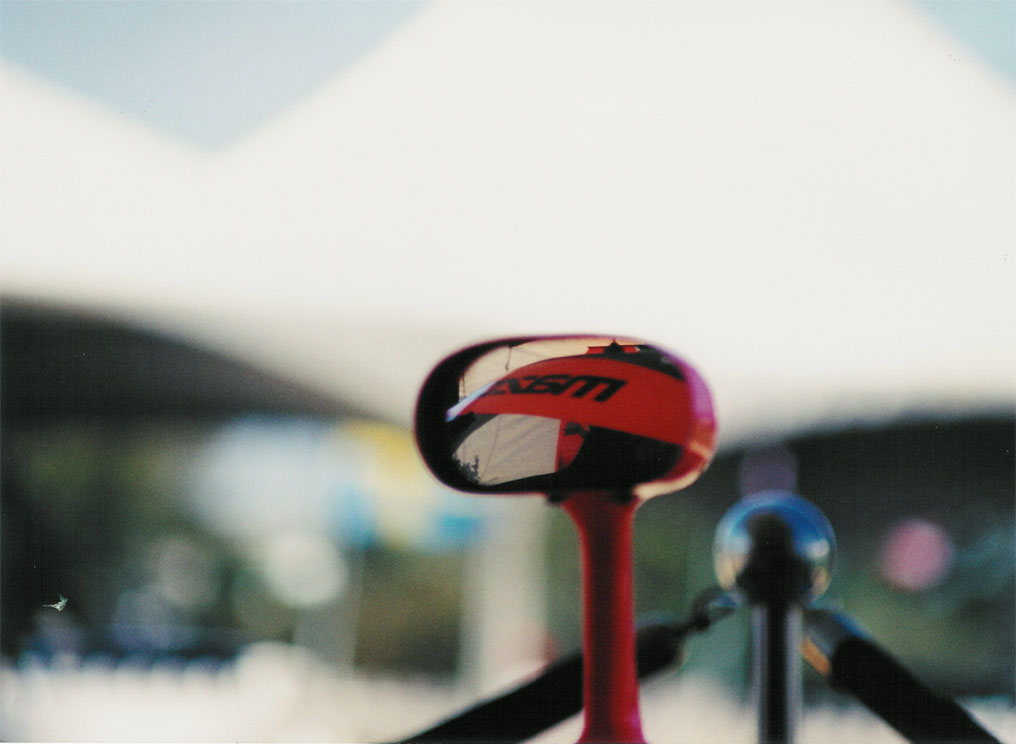
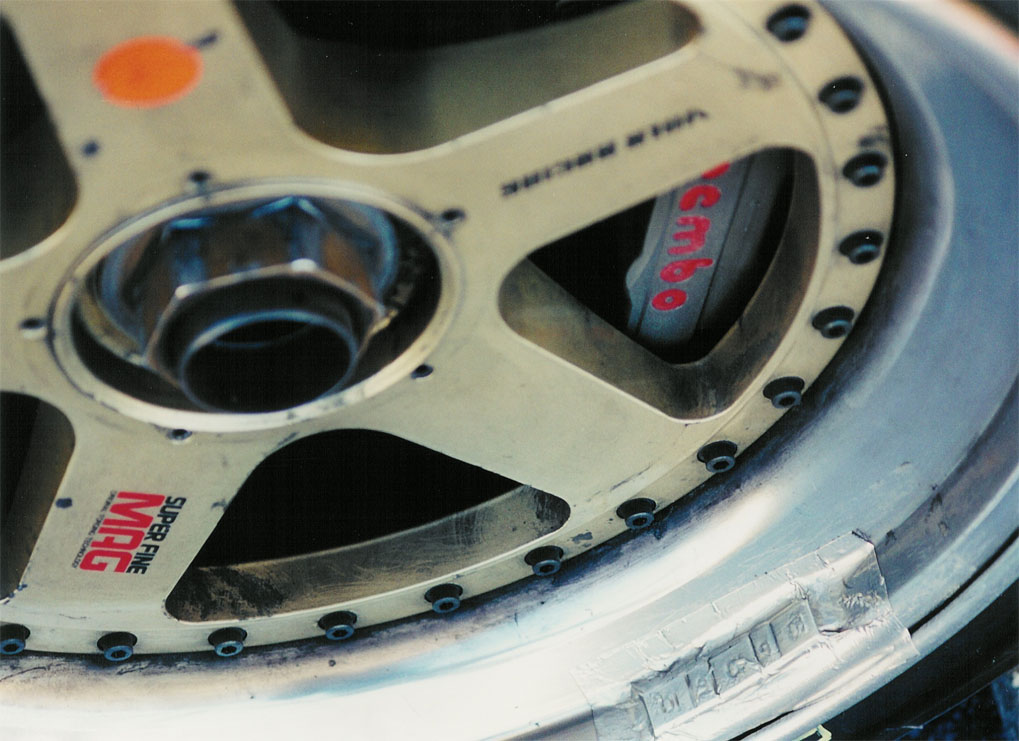
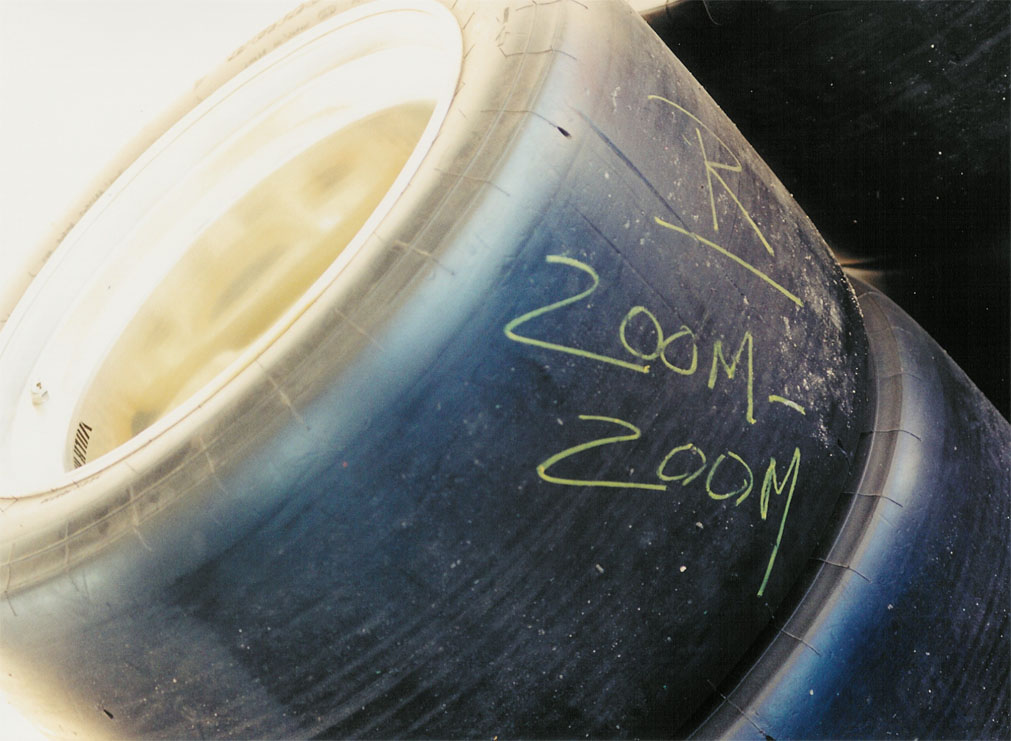
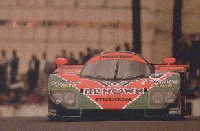
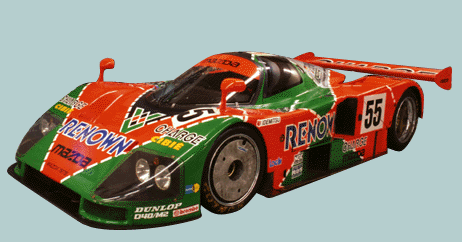
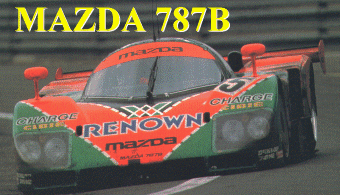
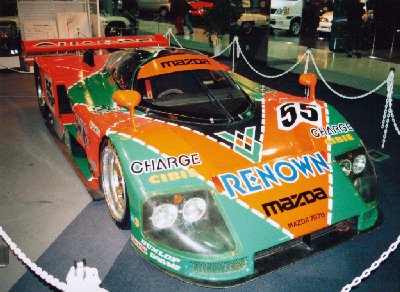
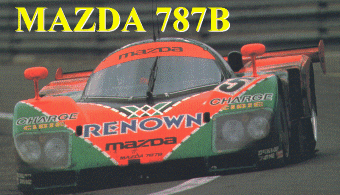
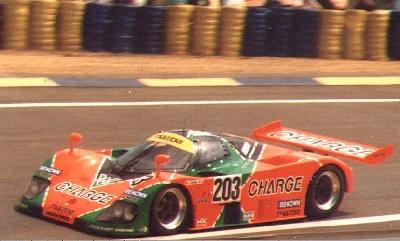
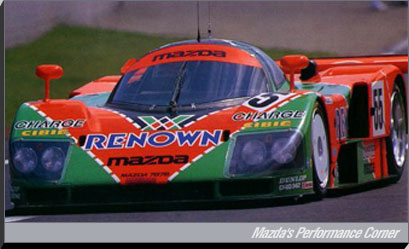
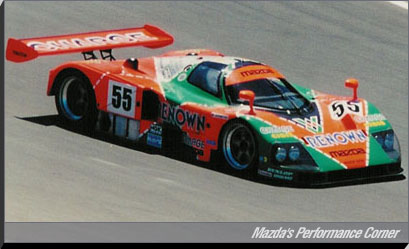
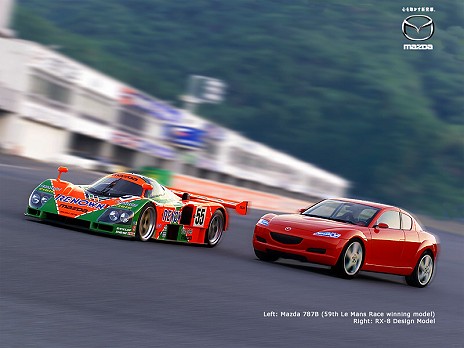
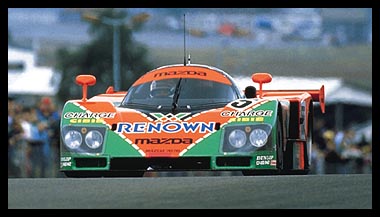
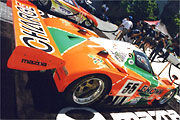
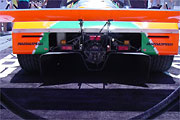
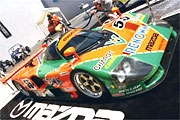
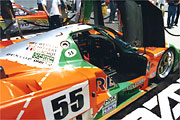
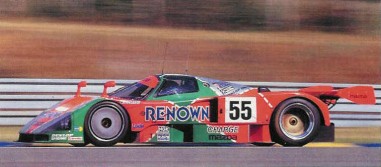
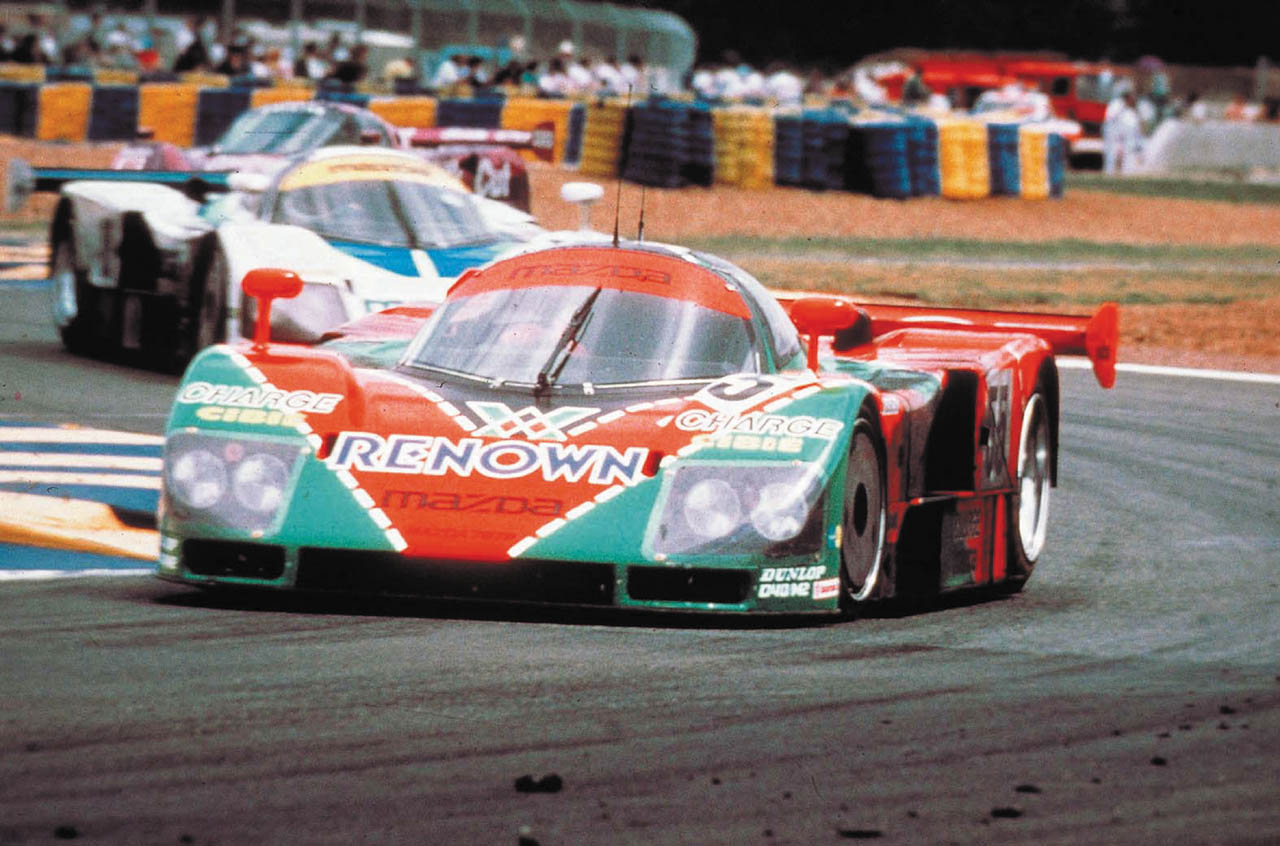
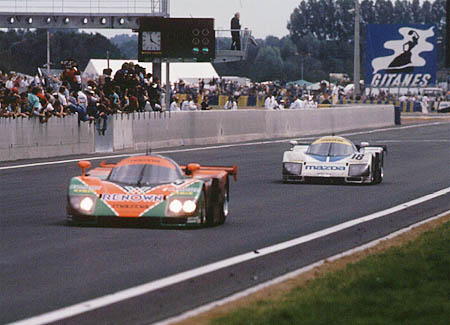
Mazdasport 787B "Mazdasport" Kennedy/Johansson/Sala #18 Le Mans 1991???
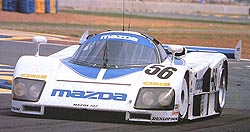
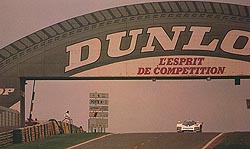
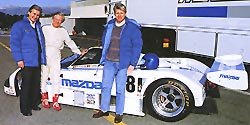
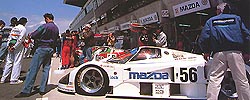

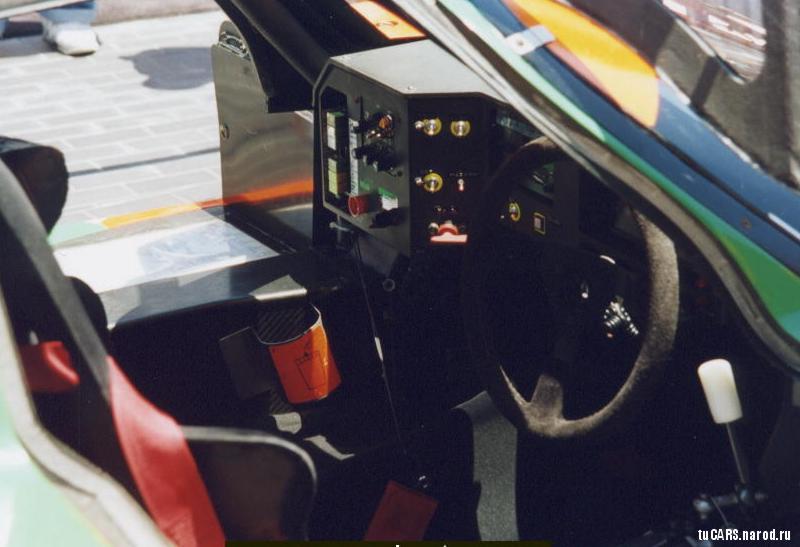
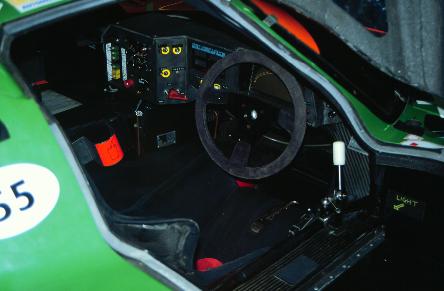
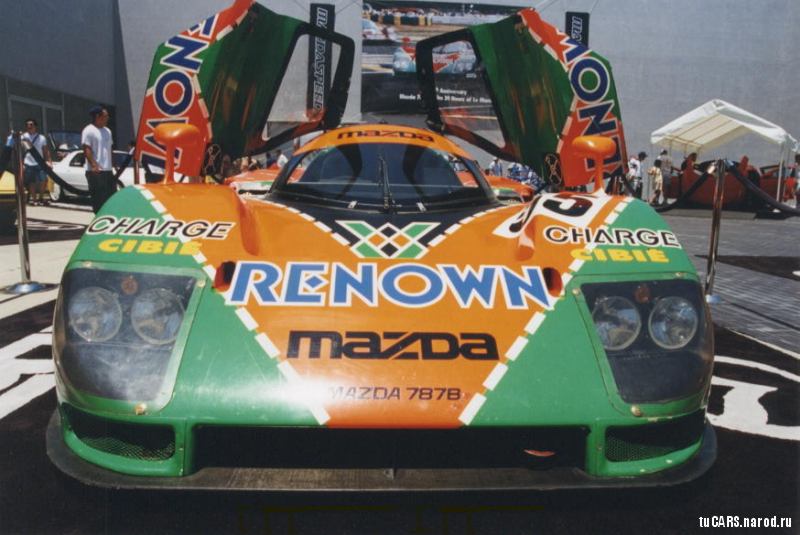
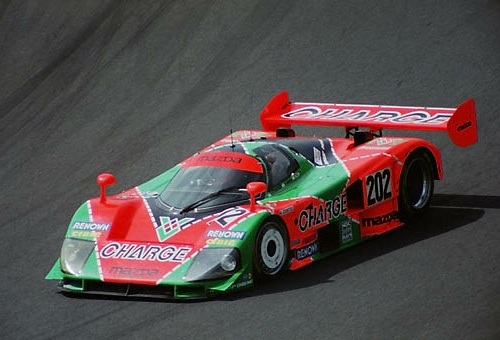

Mark Sparrow sent the following picture he took at LeMans:
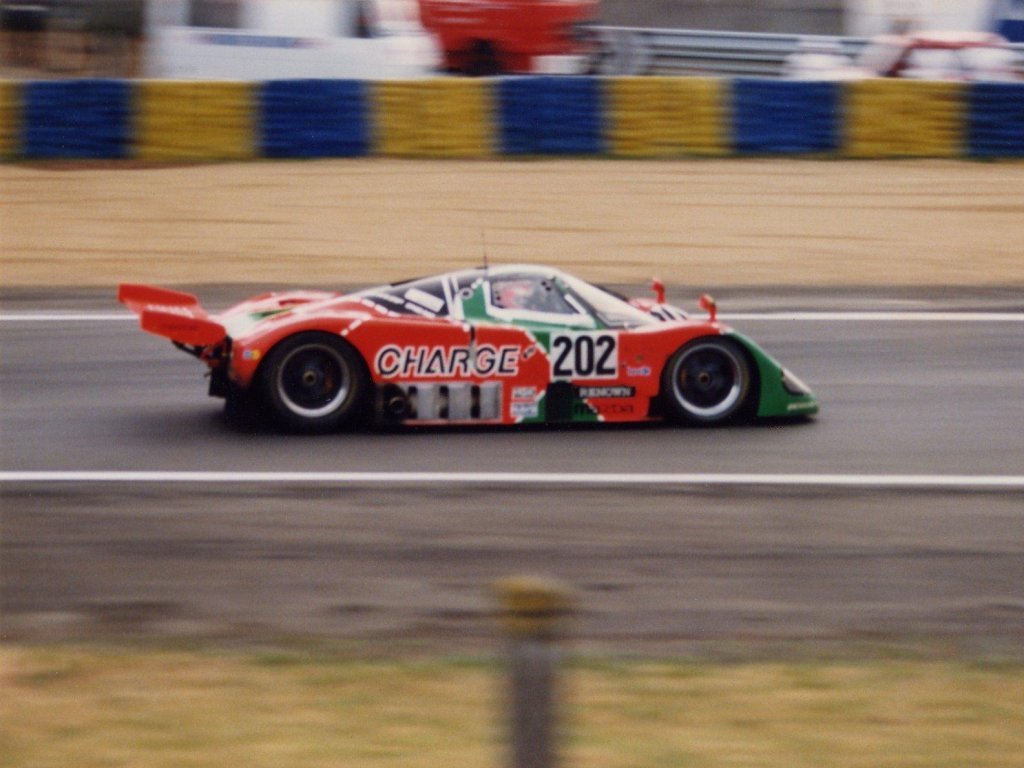
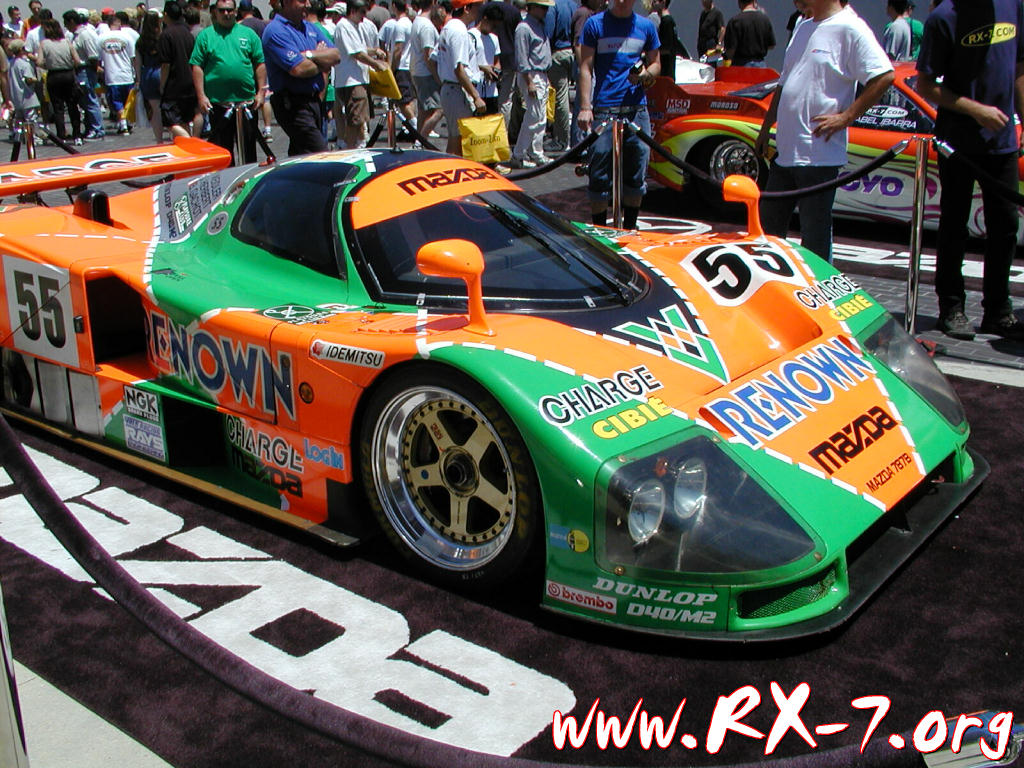
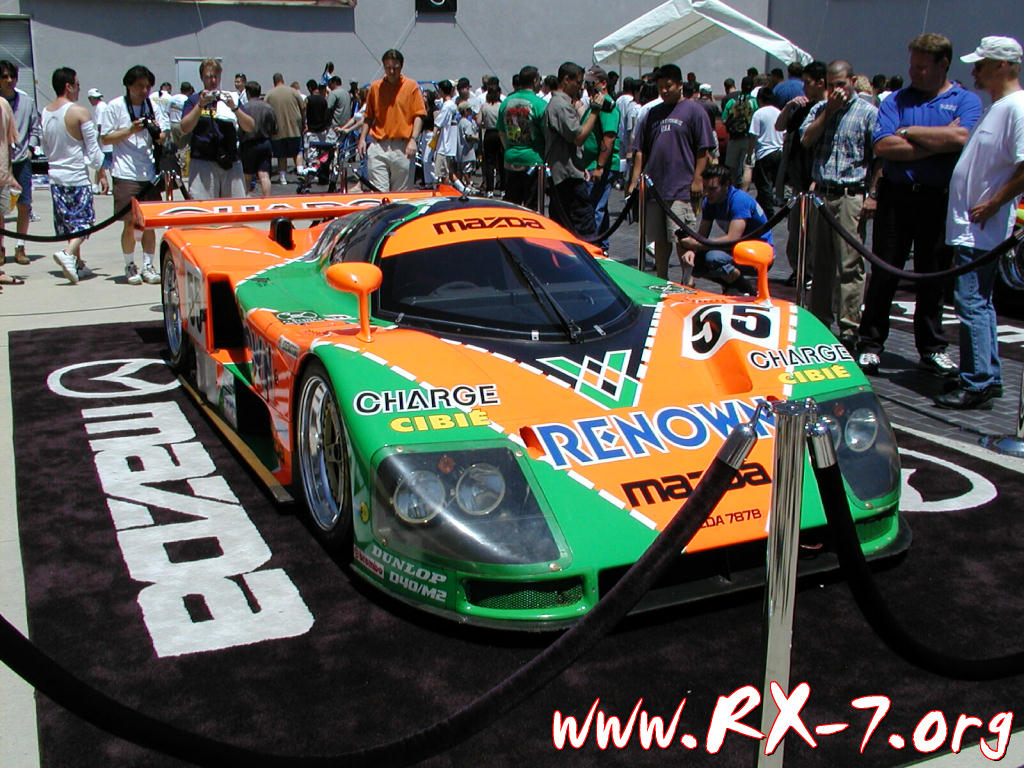
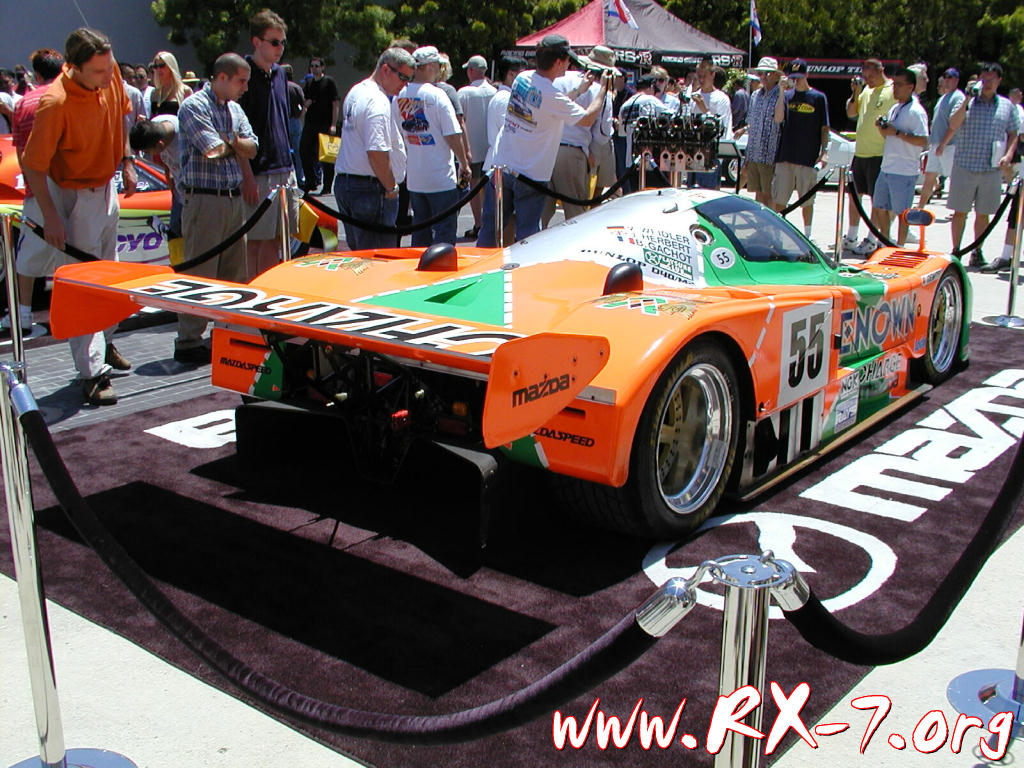
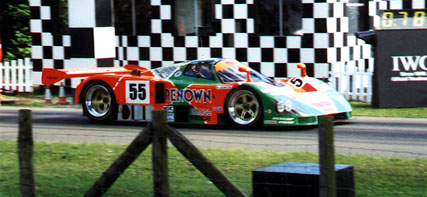

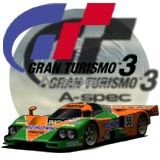
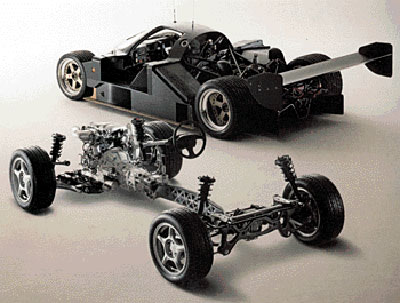
The following look like digitally rendered graphics, from the following web site:
http://fox.zero.ad.jp/jin/787b/787b_01.html

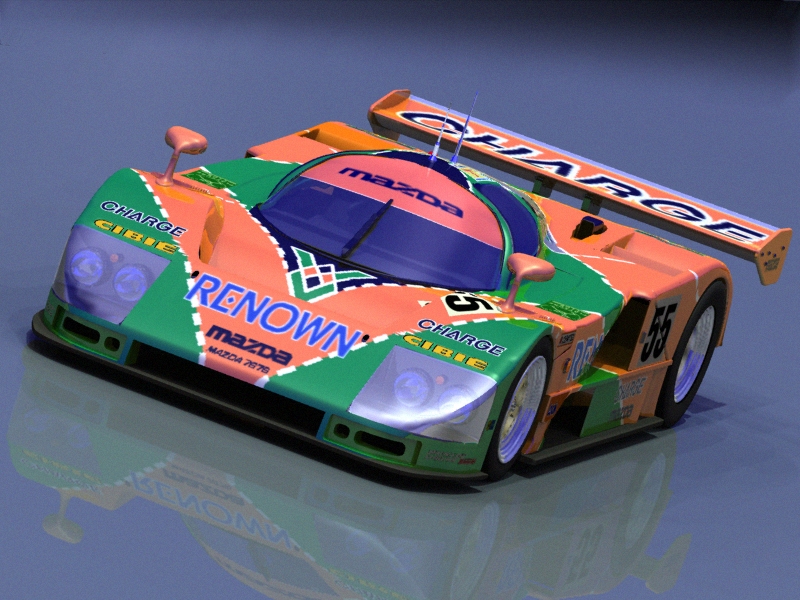
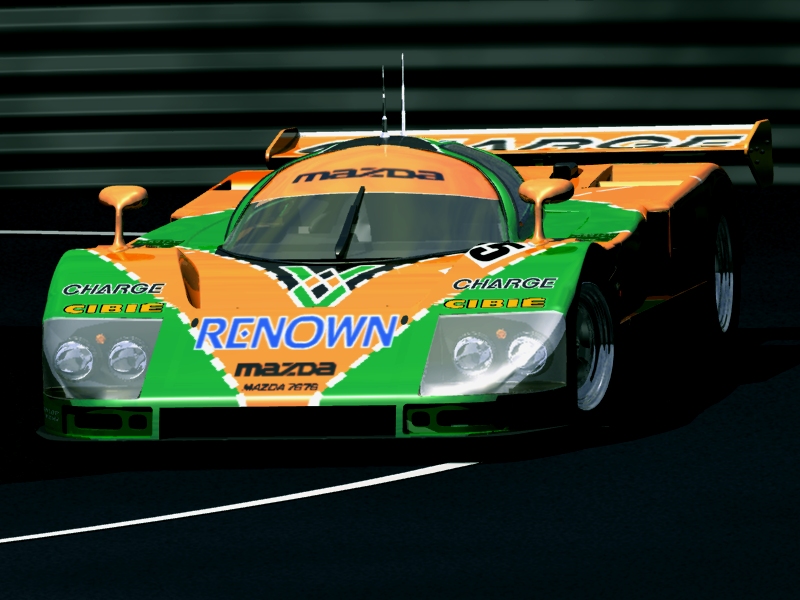
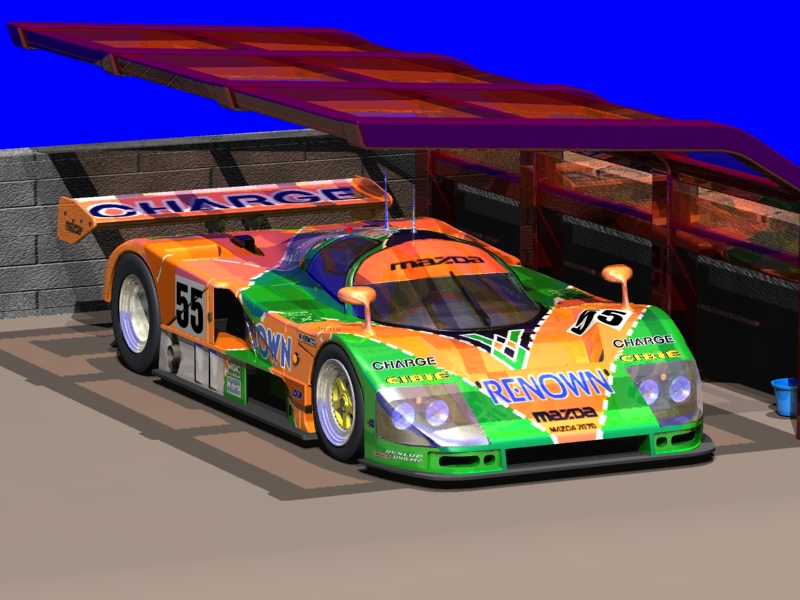
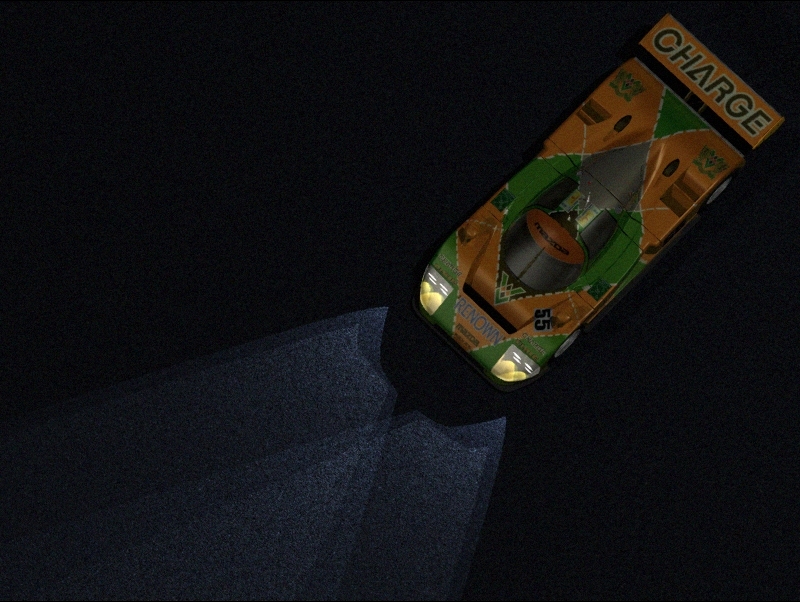
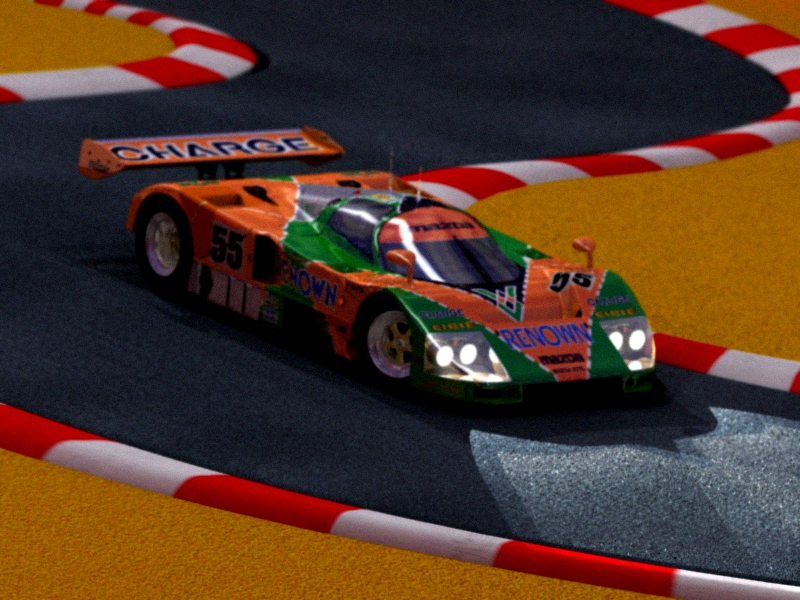
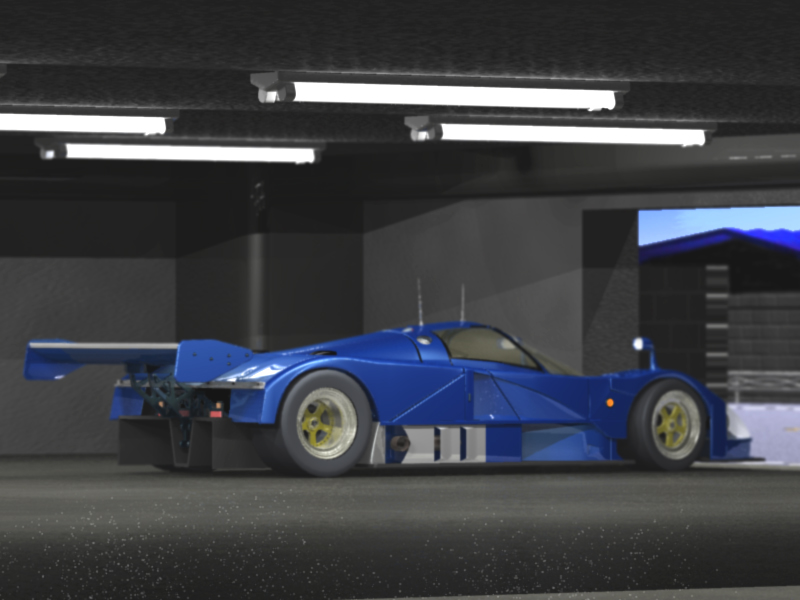
The 787 was the previous year's version of the 787B. The folowing photo shows the Mazda 787 "Art Sports" car that ran at Le Mans 1990:
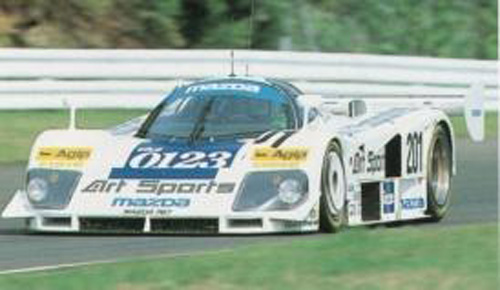
The 792P was the successor to the 787B.


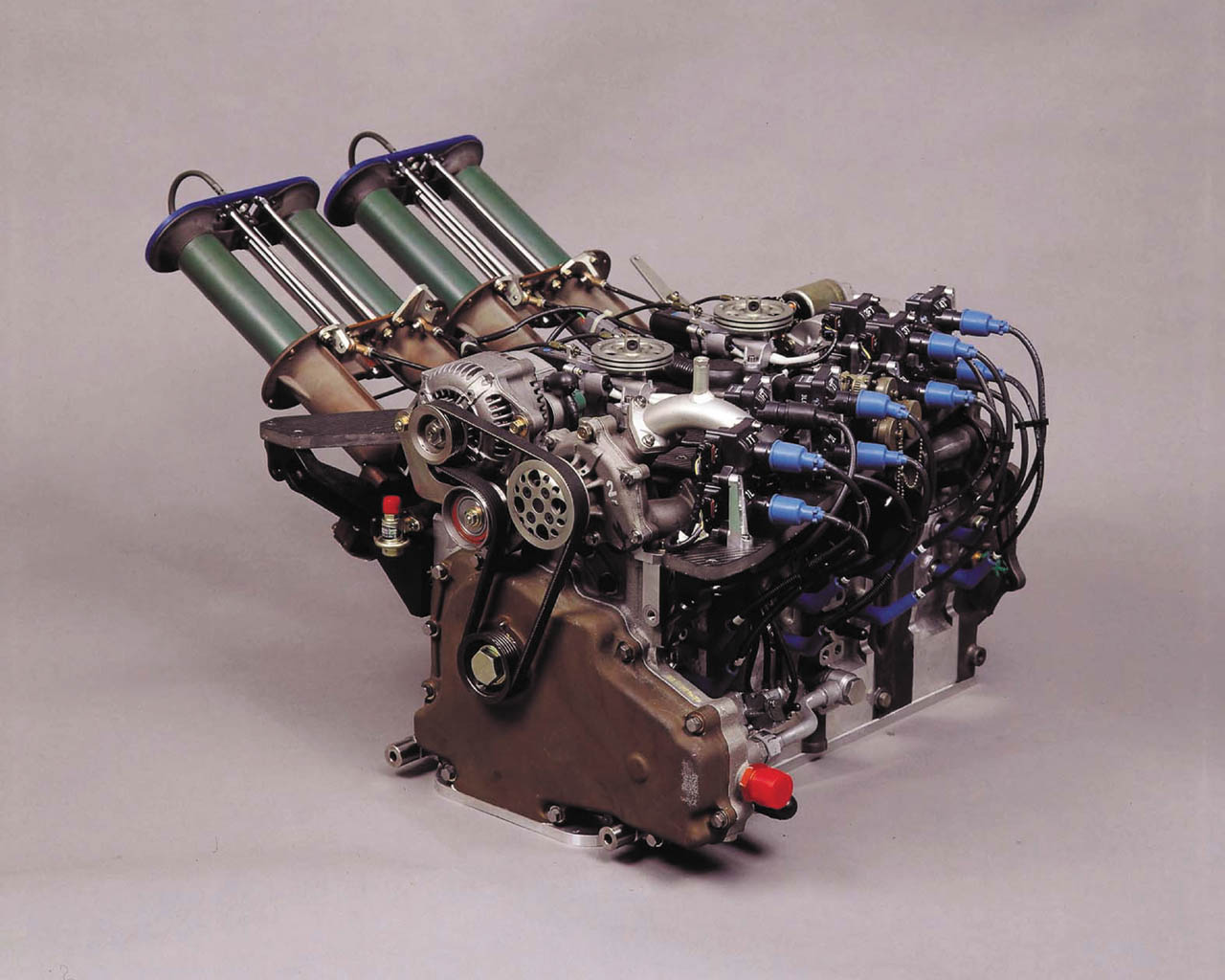

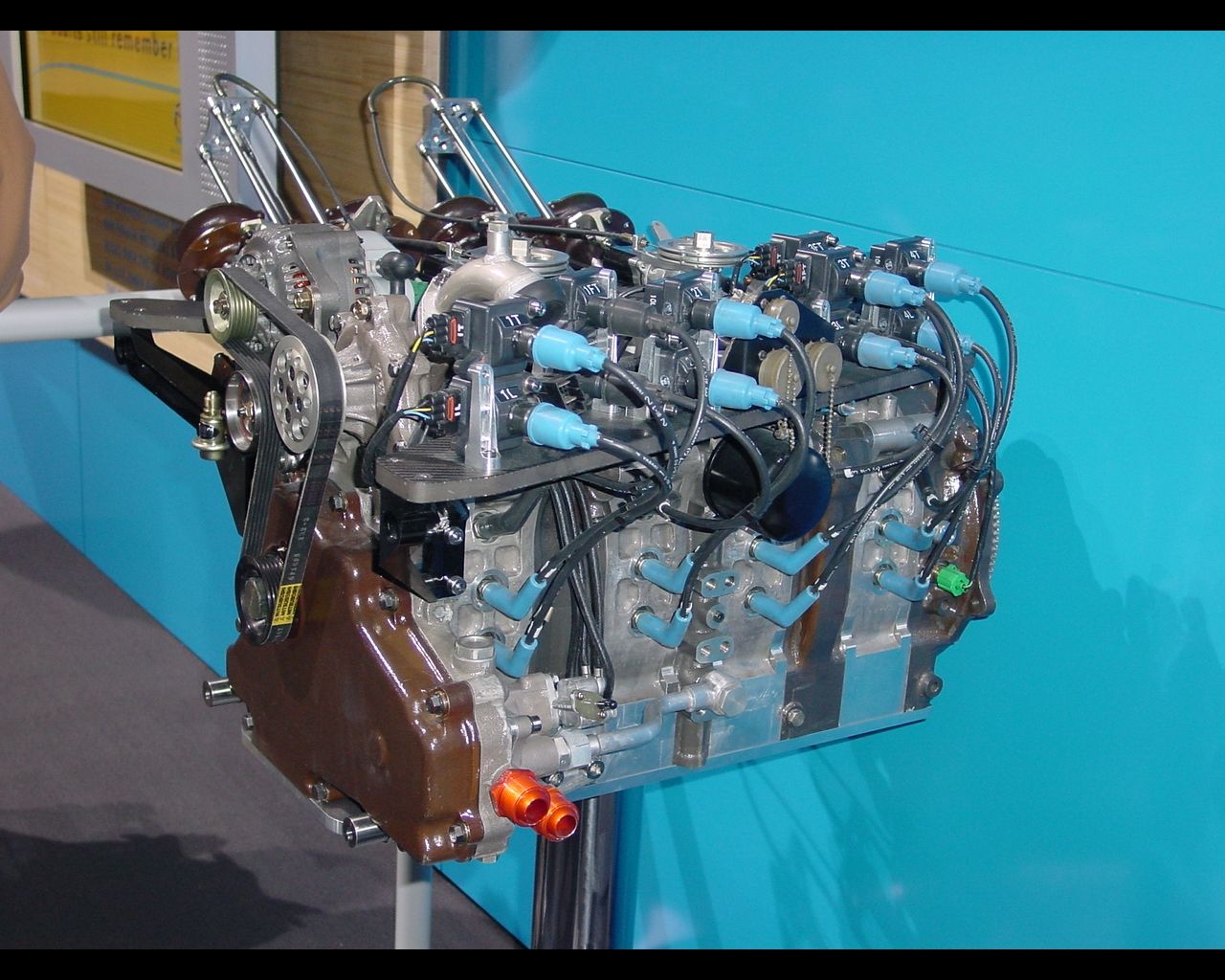

Name | Format | Size |
| LeMans 1 | .mov | 11.7 MB |
| LeMans 2 | .mov | 6.8 MB |
| LeMans 3 | .mpeg | 979 KB |
| GT3 Game - In Garage | .mov | 4.2 MB |
Name | Format | Size |
| LeMans | .wav | 1.0 MB |
| LeMans | .wav | 296 KB |
| Goodwood 1 | .mp3 | 283 KB |
| Goodwood 2 | .mp3 | 336 KB |
| Goodwood 3 | .mp3 | 1.0 MB |
| Goodwood 4 | .mp3 | 92 KB |
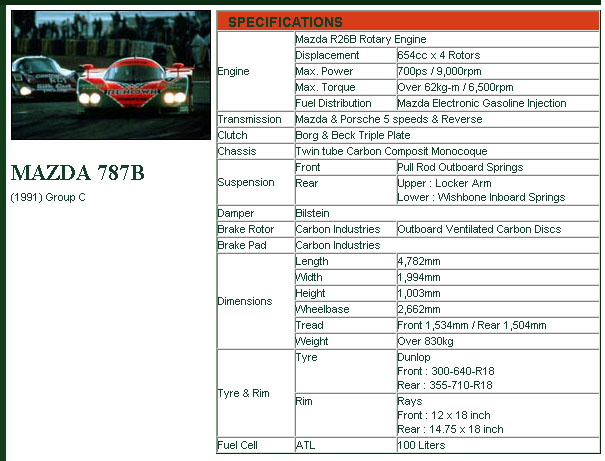
By Paul Frère - Photos by John Lamm
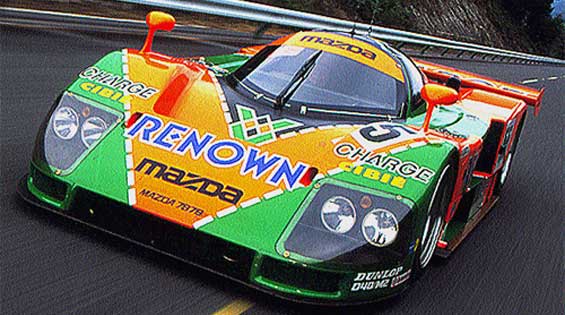
In a few months it will be 10 years since Mazda won, to everyone's surprise, the Le Mans 24 Hours race. For many years, the Hiroshima-based manufacturer had competed in the famous French endurance race. Mazda had little hope other than to demonstrate the reliability of the Wankel rotary engine in which it had put its faith and which it had, against all odds, continued to develop under the leadership of its enthusiastic Director of Engineering Kenichi Yamamoto.
In Hiroshima, 32 test beds were devoted exclusively to pursue the development of the Wankel engine, even after such famous manufacturers as Mercedes-Benz and General Motors had given up the struggle to improve its fuel economy, its reliability and its problems meeting emissions regulations.
The 1991 race was the 13th time in 18 years that Mazda had competed at Le Mans, its best classification having been 7th place twice, in 1987 and 1989. This time the Mazda team was made up, as usual, of three cars, two new 787Bs and one of the earlier 787s, all powered by identical 4-rotor engines with 654-cc chamber volumes, featuring electronic fuel injection and three sparkplugs per rotor housing, firing sequentially.
The new 787B cars differed from the earlier 787 mainly by a 25-mm (1-in.) longer wheelbase, a 15-mm (0.6-in.) narrower front track and suspension details. The three team cars and a reserve car were all prepared in France by Hugues de Chaunac's Oreca racing team. With the Jaguar, Mercedes and Peugeot teams in full force on the Sarthe circuit, nobody, probably not even Takaharu ("Koby") Kobayakawa, responsible for Mazda's sporting activities, would have put any money on the Japanese cars' chances.
But with four hours to go to the finish, only the leading Mercedes stood between the 787B, driven by Volker Weidler, Johnny Herbert and Bertrand Gachot, and a possible victory. Then, the German car suddenly stopped at its pit in a cloud of steam. It left the Mazda, hotly pursued by the best-placed Jaguar, to finish the race and make history by becoming the first car powered by an unconventional engine, and the first Japanese car ever, to win at Le Mans, two feats that have never been repeated since, in spite of Toyota's gallant efforts.
After the race, the 787 team car that finished in 6th place was left in Europe and Koby, who is a friend of long standing, promised me that he would find an occasion for me to test drive the car. Not only was I highly interested, but for some time I had wanted to have my children and grandchildren experience what racing feels like from inside a real racing car, and this was a unique occasion as Le Mans cars are, technically, 2-seaters. So I asked Koby if he would allow me to take them as passengers for a couple of laps. He responded by asking Oreca team owner De Chaunac to prepare the car accordingly, which was not so easy, as for accessibility reasons the "passenger space" of a Le Mans car is usually full of electronic devices.
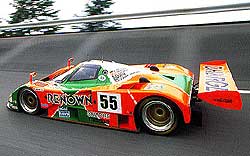 The test drive took place on the Paul Ricard Circuit, on a sunny February
day, an exceptional day in that season even in the south of France. After turning 10–12
practice laps, I ended up taxiing 17 of my close family members and friends for two laps
of the 2.03-mile circuit, after which De Chaunac had four new tires fitted and sent me off
again to further enjoy myself. Afterward, he invited us all to a most enjoyable lunch,
everyone being in top spirits.
The test drive took place on the Paul Ricard Circuit, on a sunny February
day, an exceptional day in that season even in the south of France. After turning 10–12
practice laps, I ended up taxiing 17 of my close family members and friends for two laps
of the 2.03-mile circuit, after which De Chaunac had four new tires fitted and sent me off
again to further enjoy myself. Afterward, he invited us all to a most enjoyable lunch,
everyone being in top spirits.
In all I had turned 69 laps, which gave me a chance to experience the sort of performance required to win Le Mans in modern times. With 700 bhp and 448 lb.-ft. of torque on tap, I expected the car to be fast, but what I really found outstanding was the engine's smoothness up to the recommended 8000-rpm limit and its remarkable flexibility.
But that was all nine years ago. Now, nearing the 10th anniversary of Mazda's victory, it is the actual Le Mans winner that I sampled on Mazda's Miyoshi triangular high-speed test track. Except for an additional sticker recalling its participation in the 1999 Goodwood Festival of Speed, this 787B is still exactly as it was when it won at Le Mans 10 years ago, where it was immediately recognizable among its teammates by its striking "Renown" livery.
As with all its forerunners, the 787B was designed by Nigel Stroud to take Mazda's 4-rotor Wankel rotary engine and a Porsche synchromesh racing gearbox, similar to the Porsche 962's, overhanging the limited-slip differential. It is shorter and more compact than most top-level Le Mans cars of the last decade. The comparatively short engine is partly responsible for that, but the car's compactness is probably also deliberate. To make the most of the ground effects, sports prototypes are usually designed to cover the largest possible road surface. But even with the two chicanes first used in 1991 to reduce the speeds reached on the Mulsanne Straight past Les Hunaudi'res, top speed remains very important at Le Mans. When designing the car, Stroud had obviously given priority to low weight and a comparatively small frontal area over ground effects, even if the last was by no means neglected.
The car was built in Japan, but its carbon-fiber monocoque was made by a specialist company in England. It ends at the firewall behind the cockpit, the rear part of the chassis being a tubular structure on which the rear suspension pivots. This structure also carries the powerplant, which has not been designed to be a stressed structural entity. Both front and rear suspensions are by double transverse wishbones acting directly on the Bilstein spring/shock units, which, at the rear, are transversely mounted. The highly efficient carbon-disc brakes are by Brembo; the steering is rack and pinion.
The rather elegant carbon-composite body was made in Japan and is notable for the excellent finish of its panels. Gullwing doors give access to the cockpit and this is made easier—but by no means easy!—by removing the clip-on steering wheel. When seated, the driver's bottom is hardly more than 3 inches above the road surface, but forward and lateral vision are quite good. Facing the driver is a single display where several data items can be called up, though engine speed and instantaneous fuel consumption are permanently displayed. Next to the main cluster, large digital instruments indicate the fuel level, the average fuel consumption and lap times.
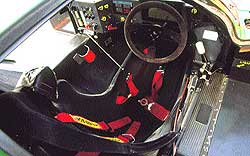 Above them is a handwritten sticker reminding the driver that, at Le Mans, fuel
consumption is 7 liters per lap. Remember that in 1991, Le Mans was run to a fuel
consumption formula, Mazda's 7 liters/lap equating to around 4.6 mpg. As only a fixed
quantity of 2550 liters (674 gal.) of fuel was allotted for the entire race distance,
fuel consumption was critical. The instrumentation also includes a tire-pressure warning
light—very important at Le Mans as a drop in pressure inevitably causes the tire to
overheat and burst on the circuit's long straights where speeds of over 200 mph are
reached several times per lap.
Above them is a handwritten sticker reminding the driver that, at Le Mans, fuel
consumption is 7 liters per lap. Remember that in 1991, Le Mans was run to a fuel
consumption formula, Mazda's 7 liters/lap equating to around 4.6 mpg. As only a fixed
quantity of 2550 liters (674 gal.) of fuel was allotted for the entire race distance,
fuel consumption was critical. The instrumentation also includes a tire-pressure warning
light—very important at Le Mans as a drop in pressure inevitably causes the tire to
overheat and burst on the circuit's long straights where speeds of over 200 mph are
reached several times per lap.
Turn the large, red ignition key and the fuel pumps start ticking noisily. Push the accelerator a half inch down and the engine starts at the first touch of the starting button. The pedal operating the multiplate clutch is not unduly heavy, but 1st gear does not always engage immediately. The other shifts are easy and precise, but Porsche synchromesh does not allow shifting as fast as dog clutches, though on a long race it saves the gearbox from abuse.
As can well be imagined, the push in the back from the 700-bhp engine is tremendous. I was asked not to exceed 7000 rpm, which was just reached in 5th gear at the end of the straights of the triangular track. At Le Mans, an 8500-rpm limit was used during the race and up to 9000 rpm was allowed for qualifying. The veteran rotary engine ran beautifully, the noise inside the car being less obtrusive than outside. It was just as I remembered it from the sister car I had driven nine years earlier in France, its flexibility being outstanding for a racing engine. It pulls strongly from 3000 rpm and at 4500–5000 rpm just sends the 1860-lb. car rocketing forward.
This remarkable flexibility is no miracle. It has been achieved by the use of tele-scopic intake pipes whose effective length can be varied in a ratio of about 2:1. Their maximum length is used when the engine operates at comparatively low speeds and they become increasingly shorter as revolutions increase. Their continuously variable length is controlled by the electronic engine-management unit via electric motors and a somewhat "Rube Goldberg" but efficient cable-and-pulley system, but it certainly works.
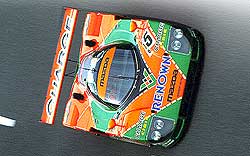 A big difference compared with the 787 model I had driven in France was the steering,
which was extremely heavy, the effort required increasing rather sharply as the lateral
force went up. I was told that this was due to a difference in steering geometry,
probably a larger caster angle to improve the straight-line stability. This would have
been a typical case for power steering, but power assistance was considered unfit for
racing 10 years ago.
A big difference compared with the 787 model I had driven in France was the steering,
which was extremely heavy, the effort required increasing rather sharply as the lateral
force went up. I was told that this was due to a difference in steering geometry,
probably a larger caster angle to improve the straight-line stability. This would have
been a typical case for power steering, but power assistance was considered unfit for
racing 10 years ago.
Unfortunately, Mazda has not drawn much benefit from its historic Le Mans victory. Its publicity and sales organizations have been unable to exploit this remarkable feat, and economic reasons have kept Mazda away from most motorsport activities in recent years, which, at Le Mans, has left me without a tent where I could enjoy miso soup!
But Mazda has not given up on the development of the Wankel rotary engine. A new
breakthrough has been made with an engine featuring side ports for both intake and exhaust,
allowing better breathing and leaving more freedom in the selection of the timing diagram.
This has gone a long way to improve both fuel economy and specific power. Prototype
engines are now being further developed, and in two or three years time, the
Hiroshima-based company could well startle the world with a much more fuel-efficient
and less expensive rotary engine with an exceptionally high power-to-weight ratio.
Tamiya model, 1/24 scale
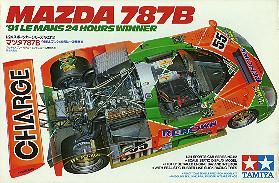
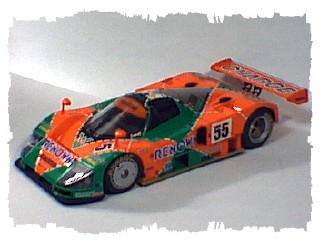
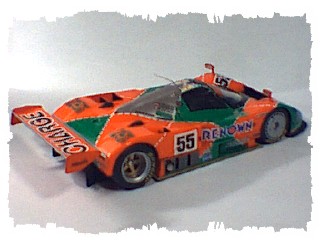
IXO MOdels 1/43 scale diecast model, in clear case. LMC023
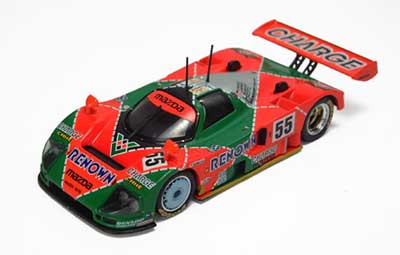
IXO MOdels 1/43 scale diecast model, in clear case. LMC028
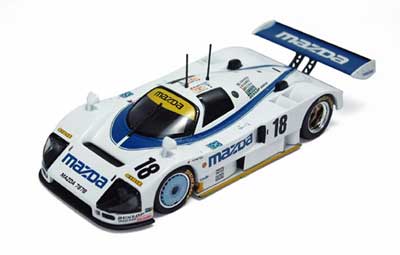
Decal sets are available from various model companies:
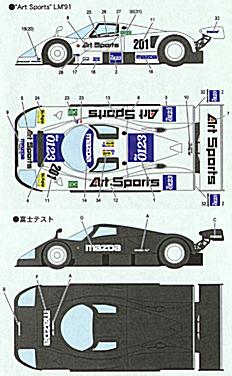
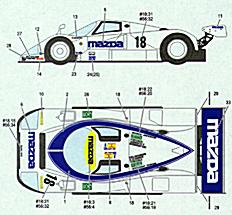
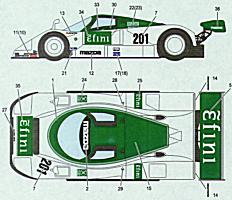
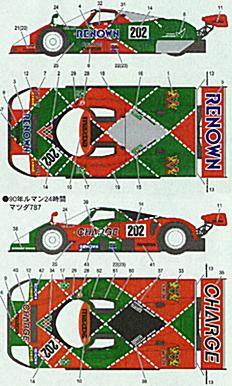
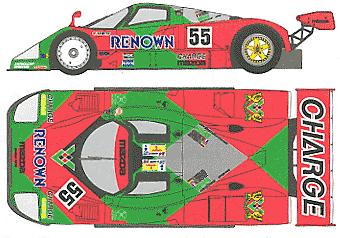
Model kits of the older 767B are also availa ble:
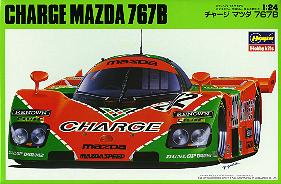
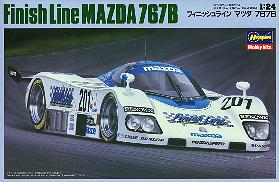
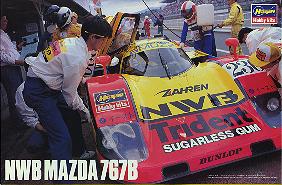
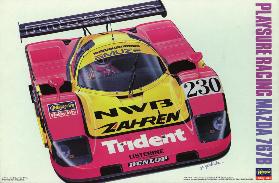
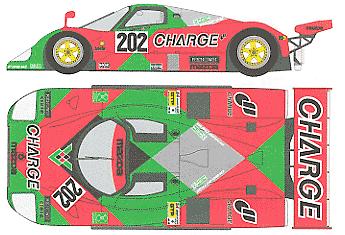
This model was on a Japanese web site, so I couldn't tell who made it...
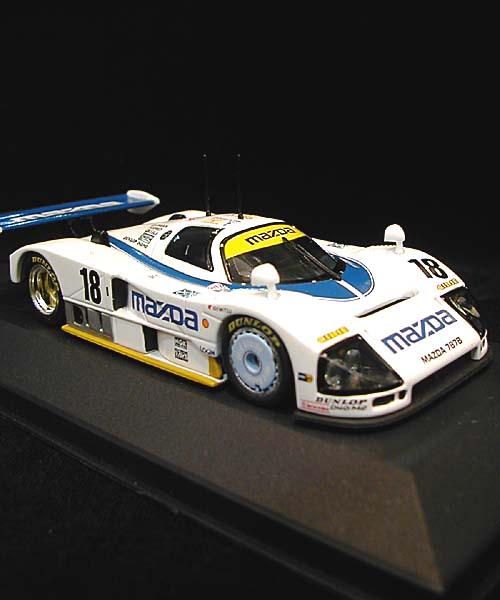
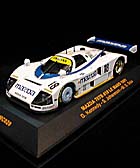
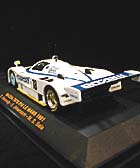
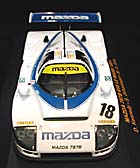
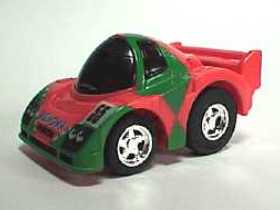
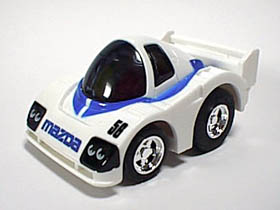
Quartzo QLM32 model:
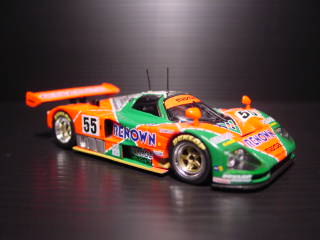
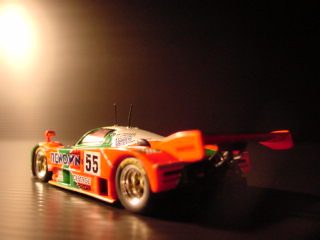
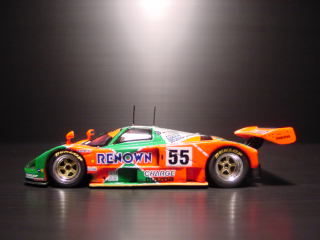
Unknown model (on French web site http://www.43modelcars.com/M787B/Mazda787B.htm):
